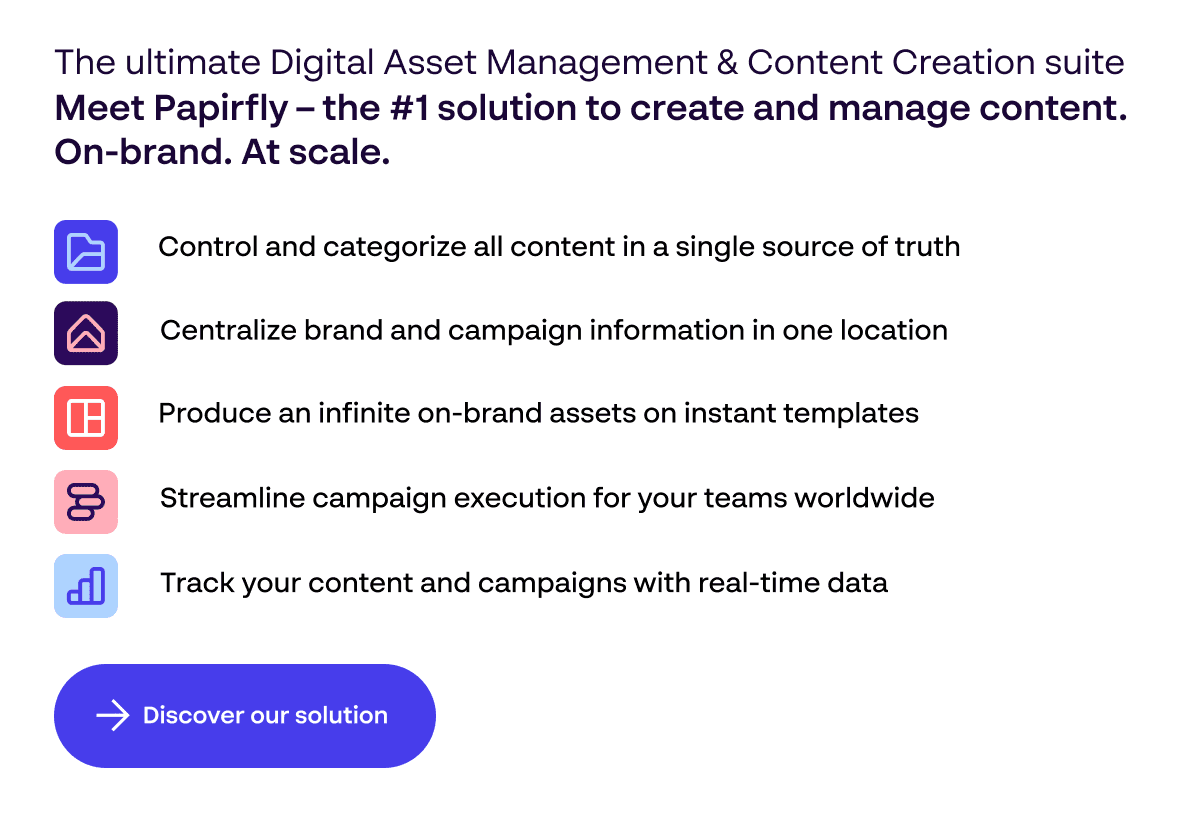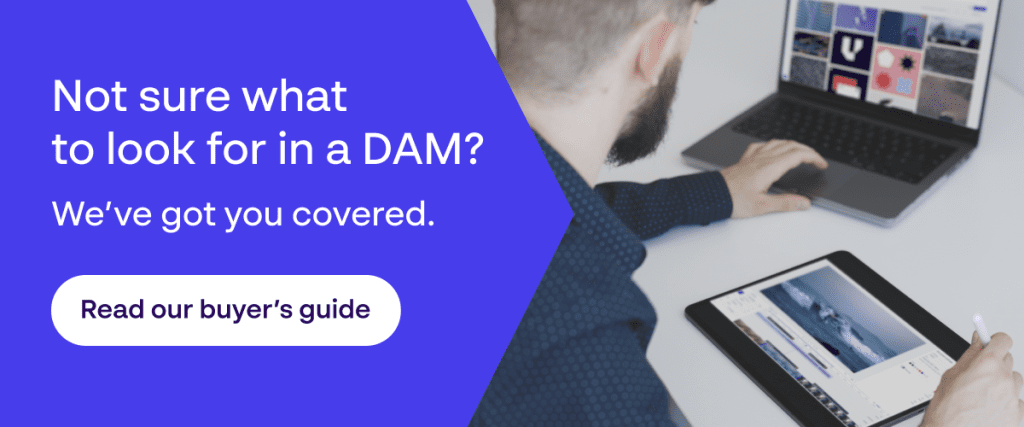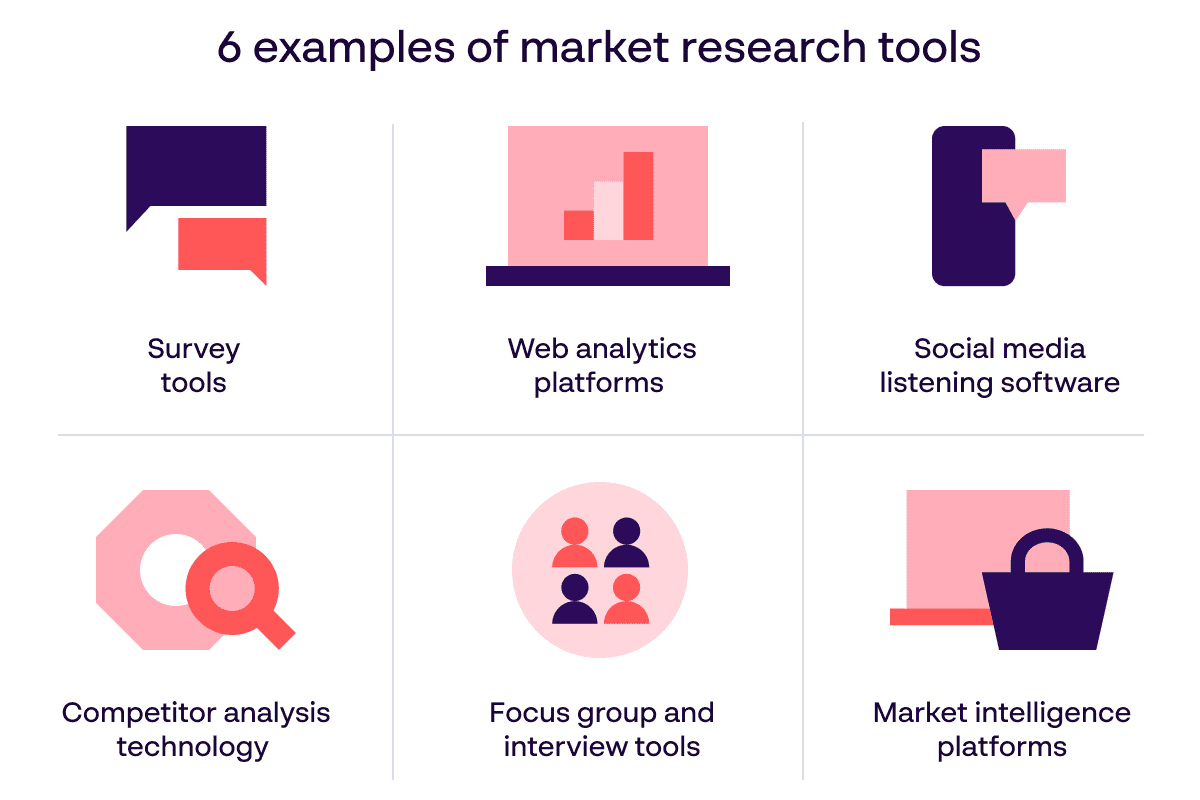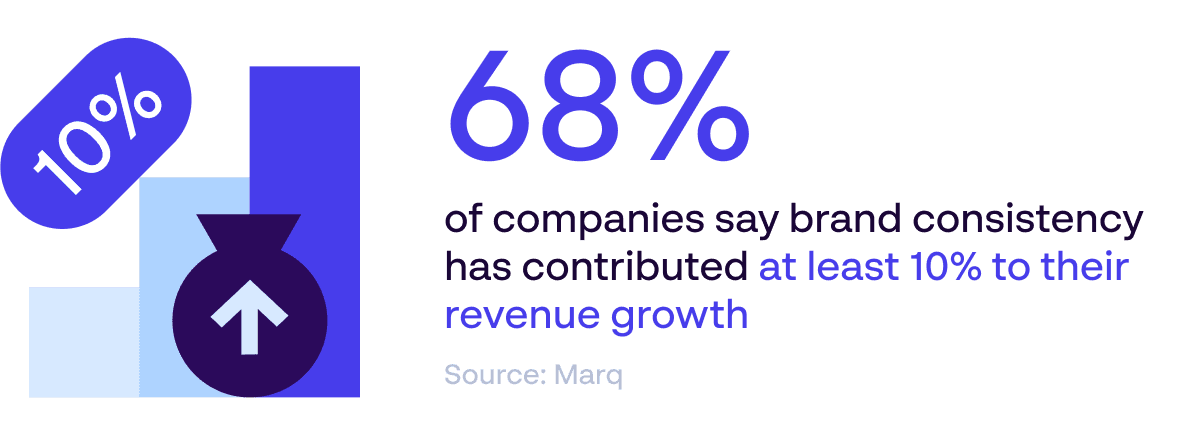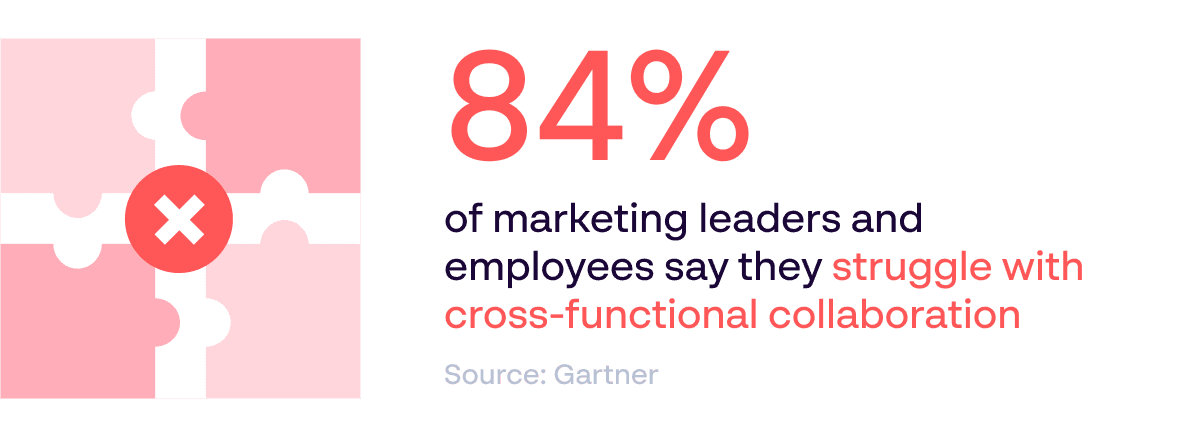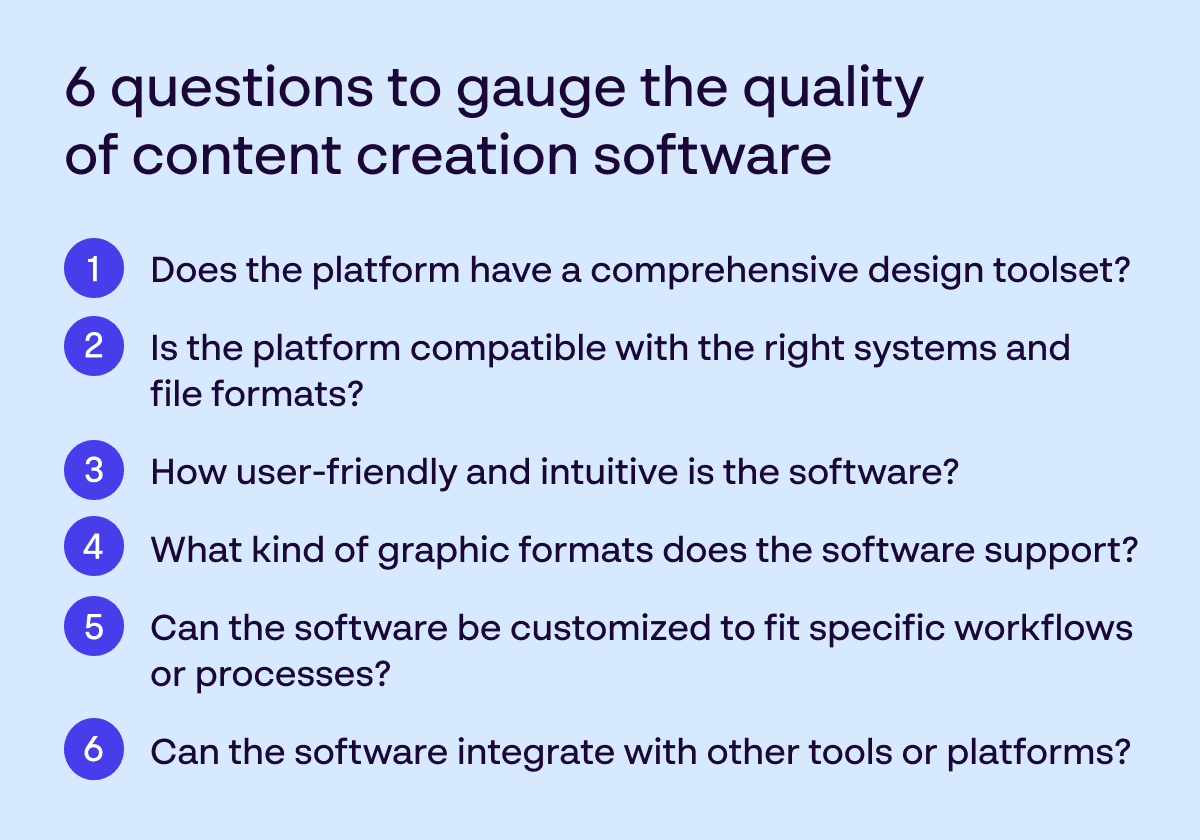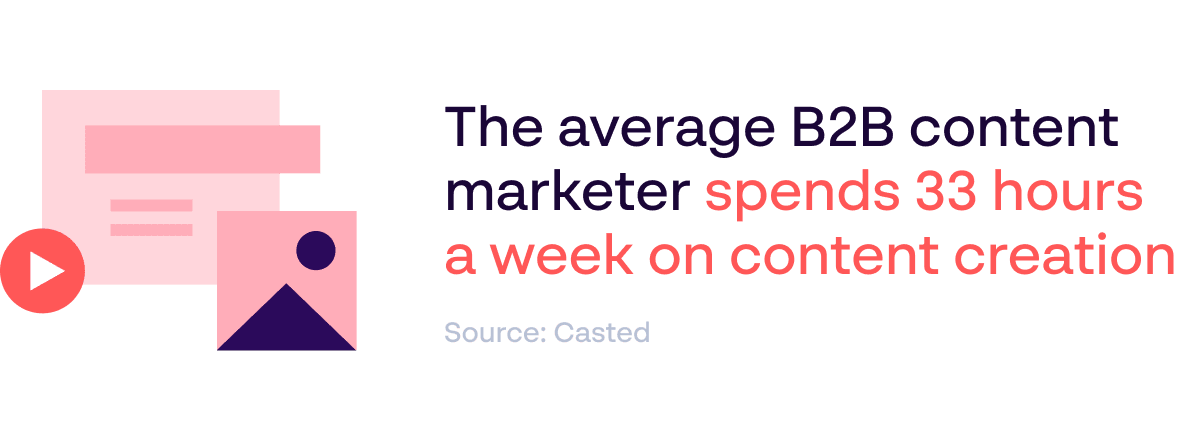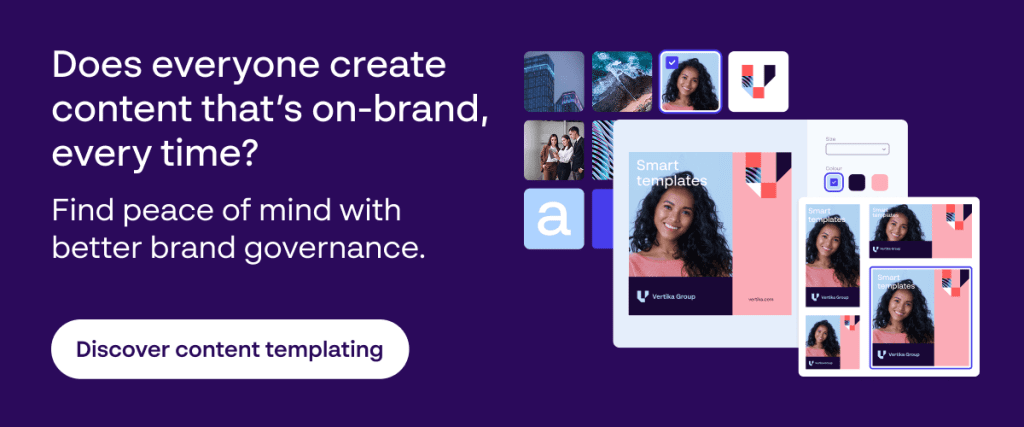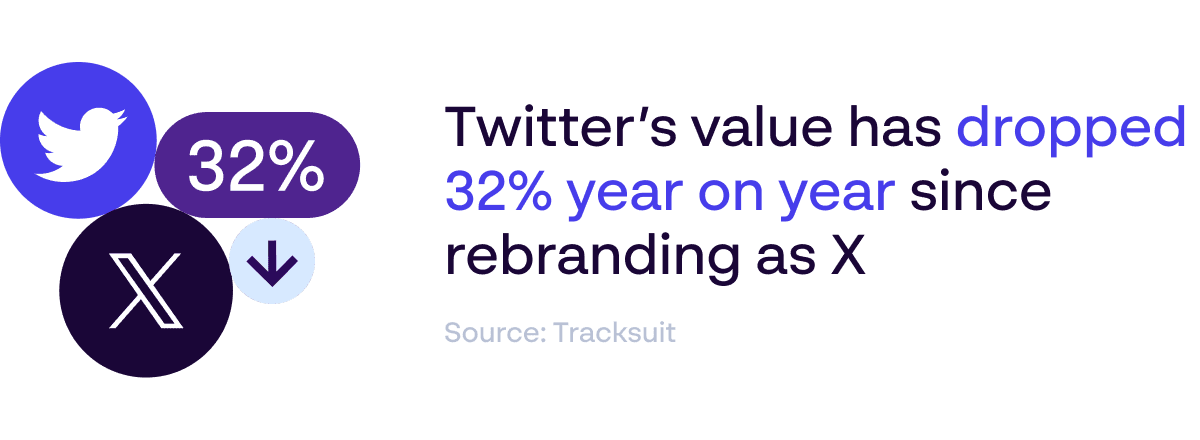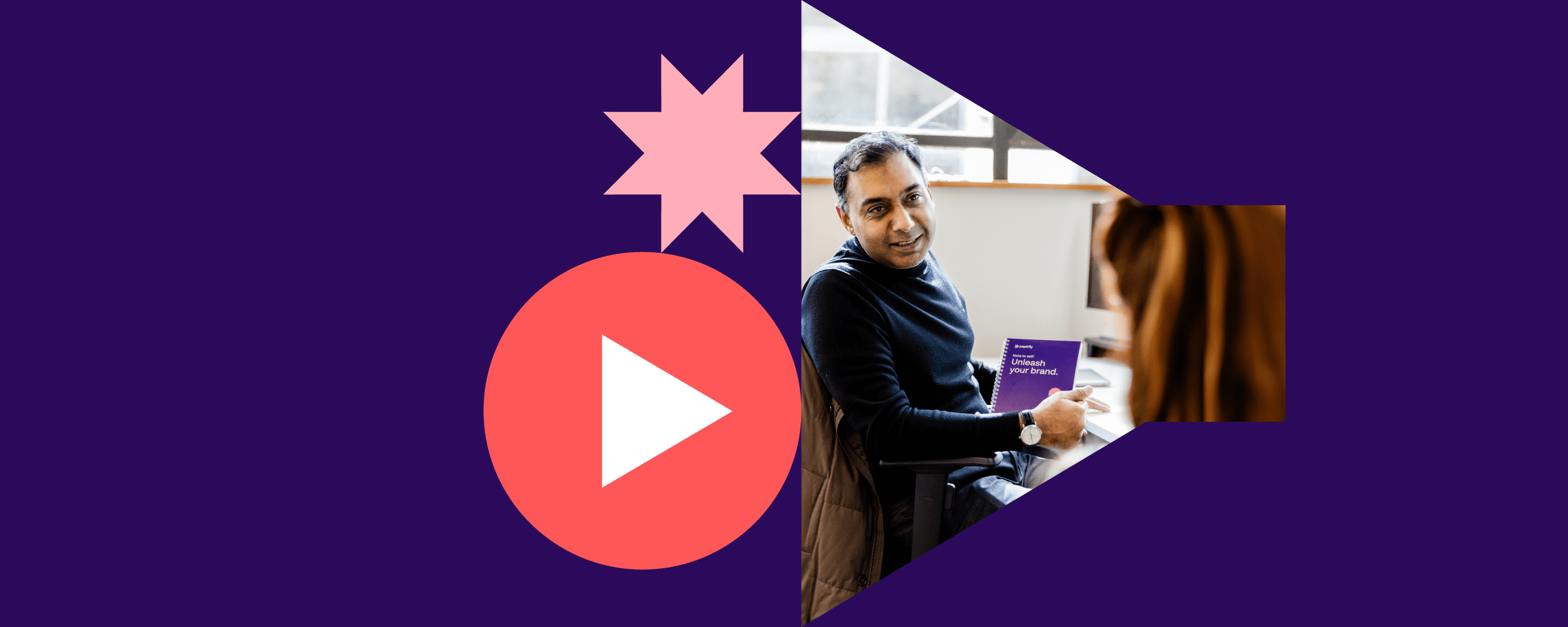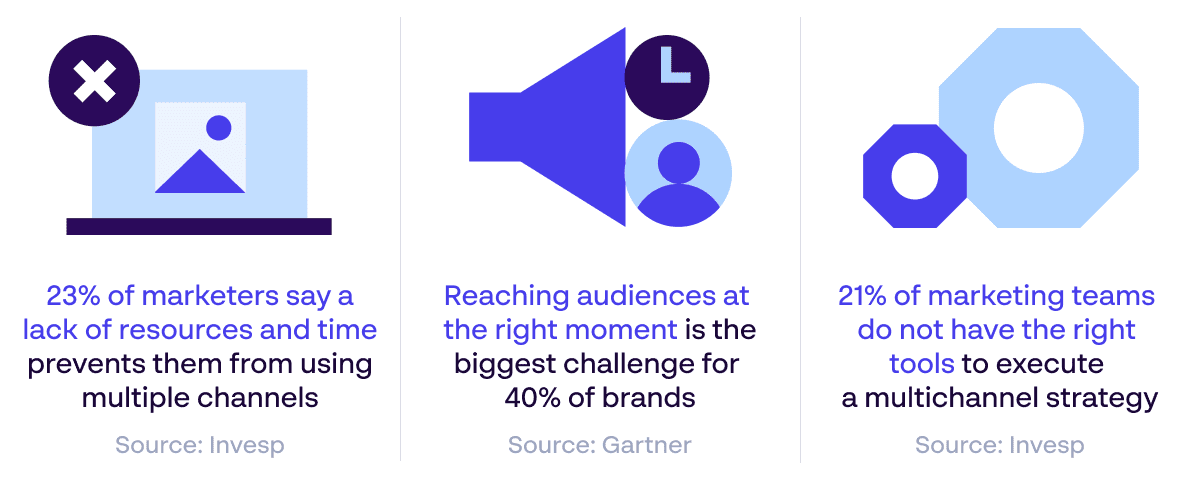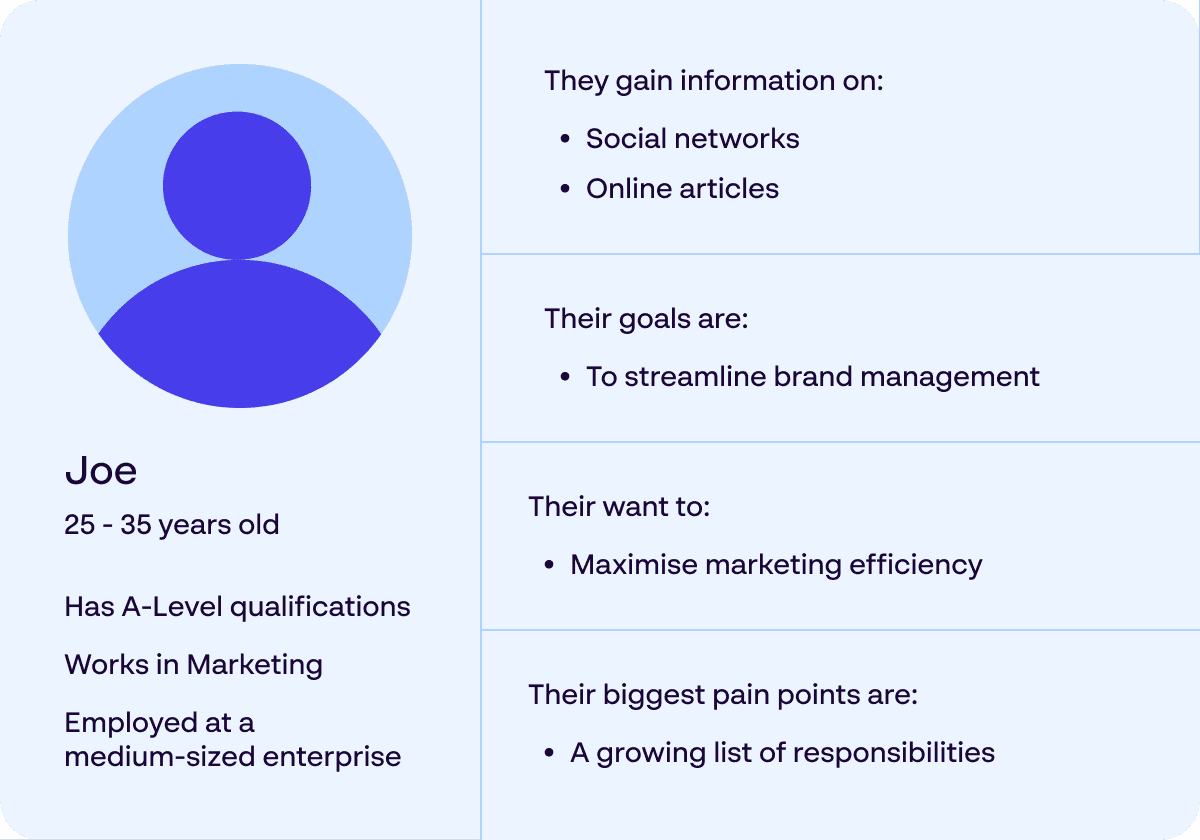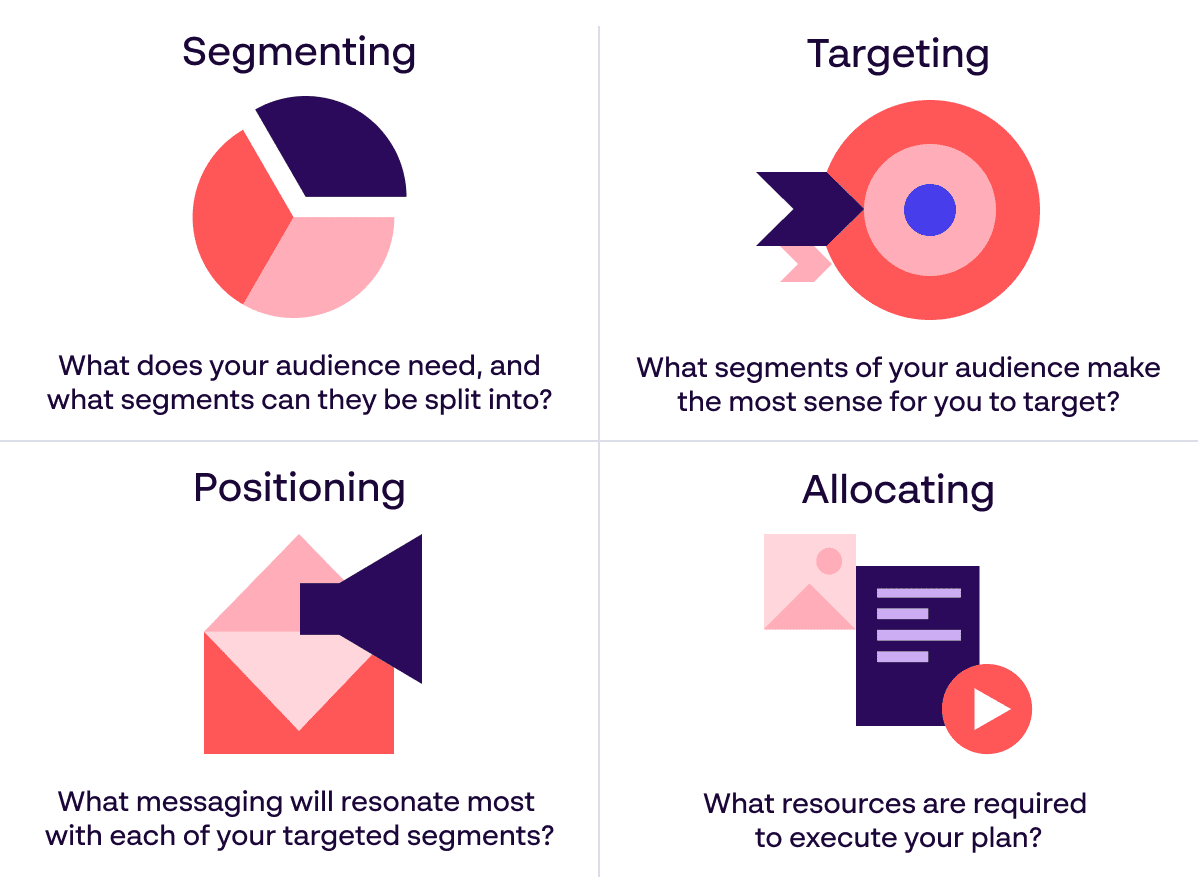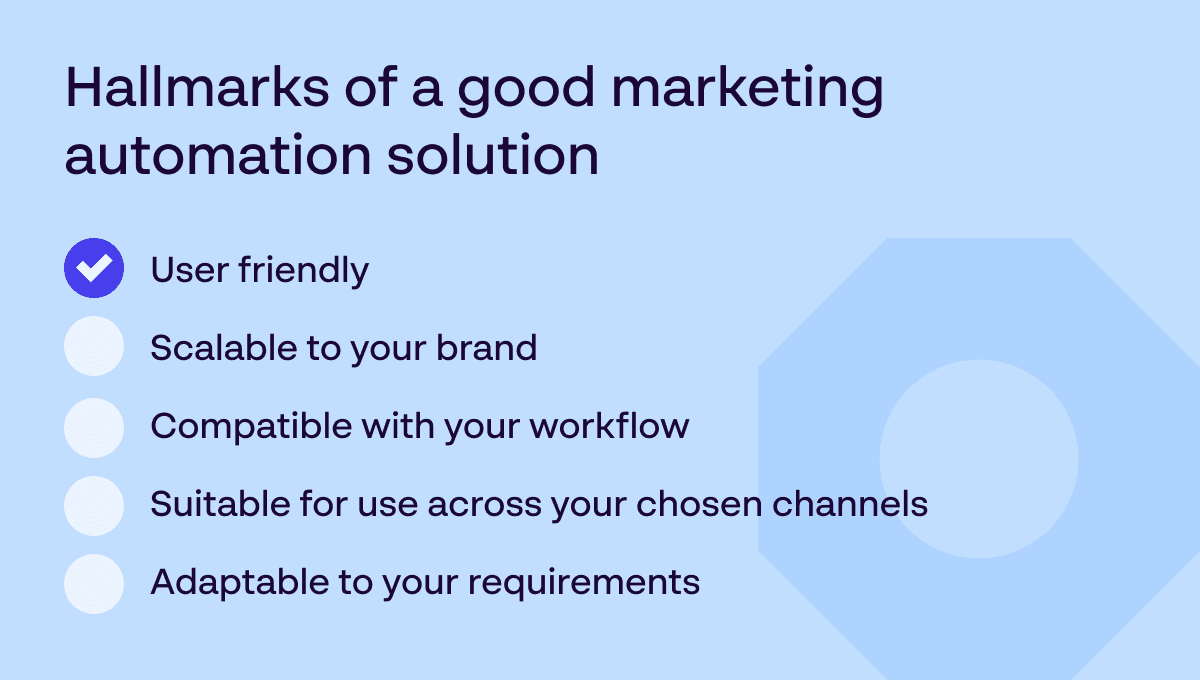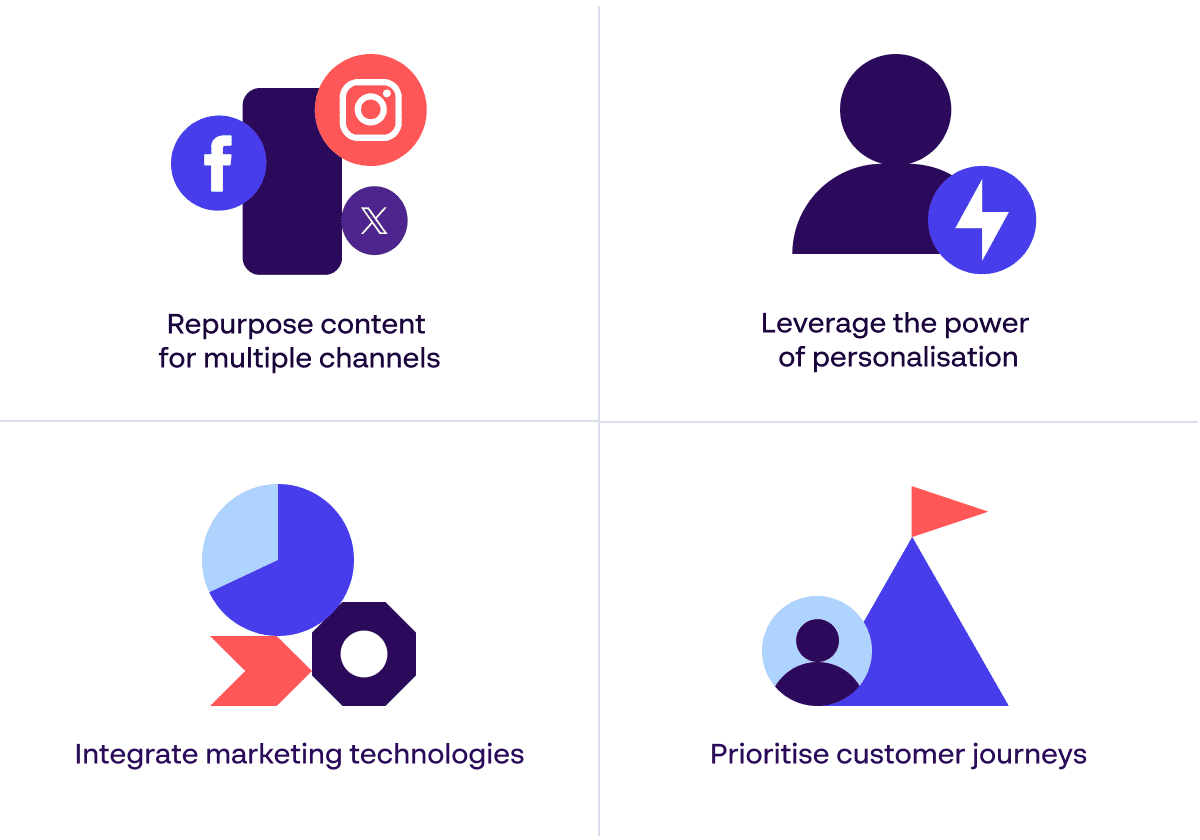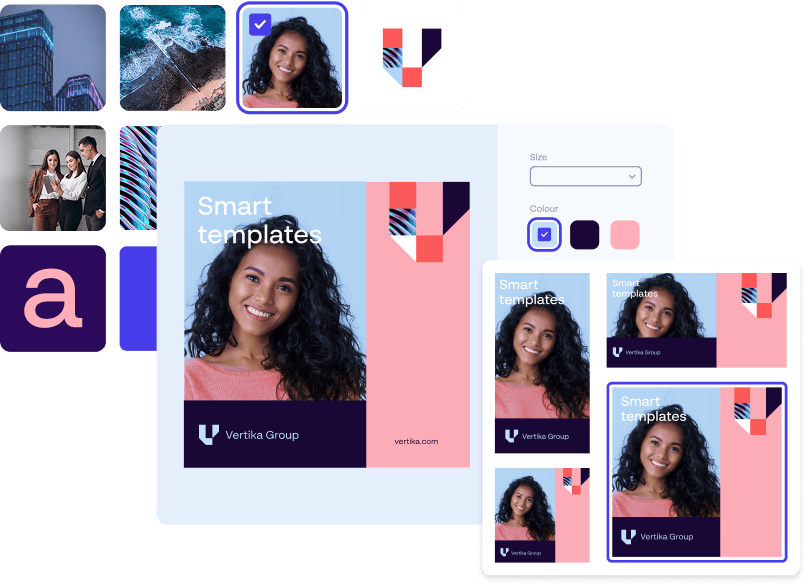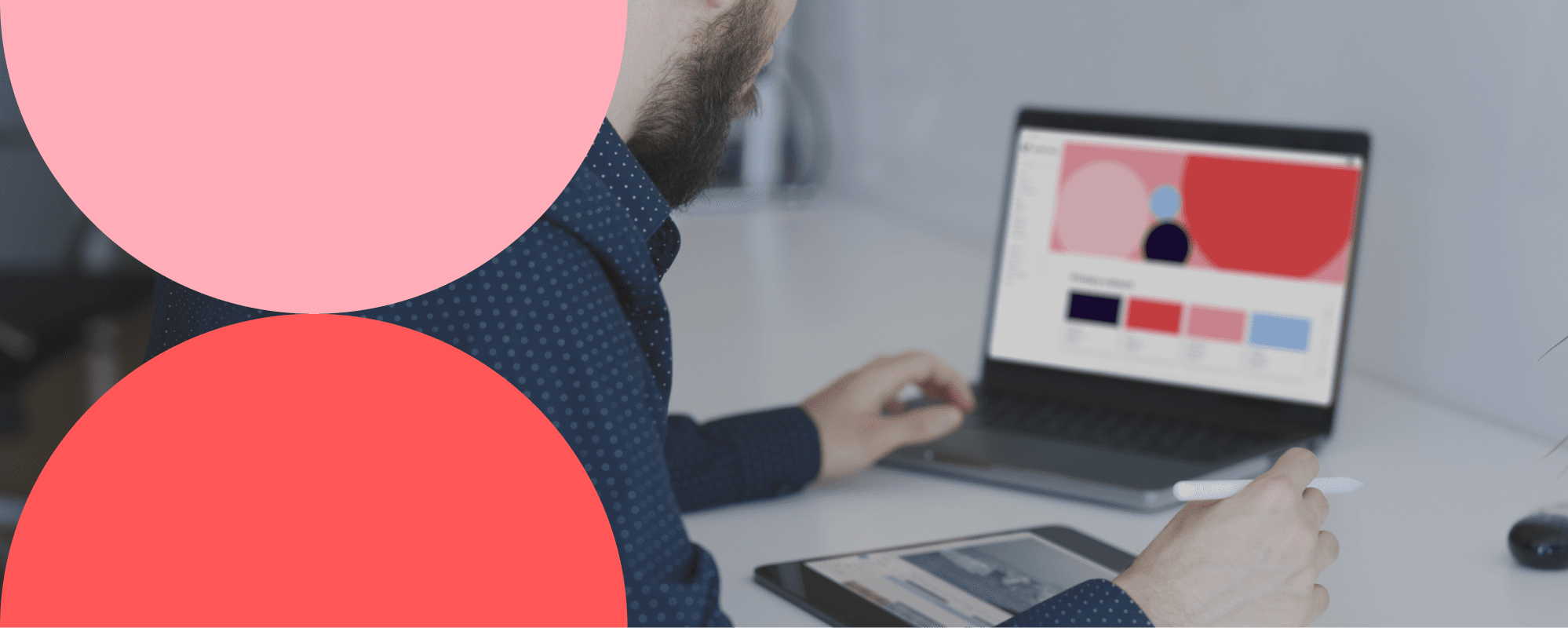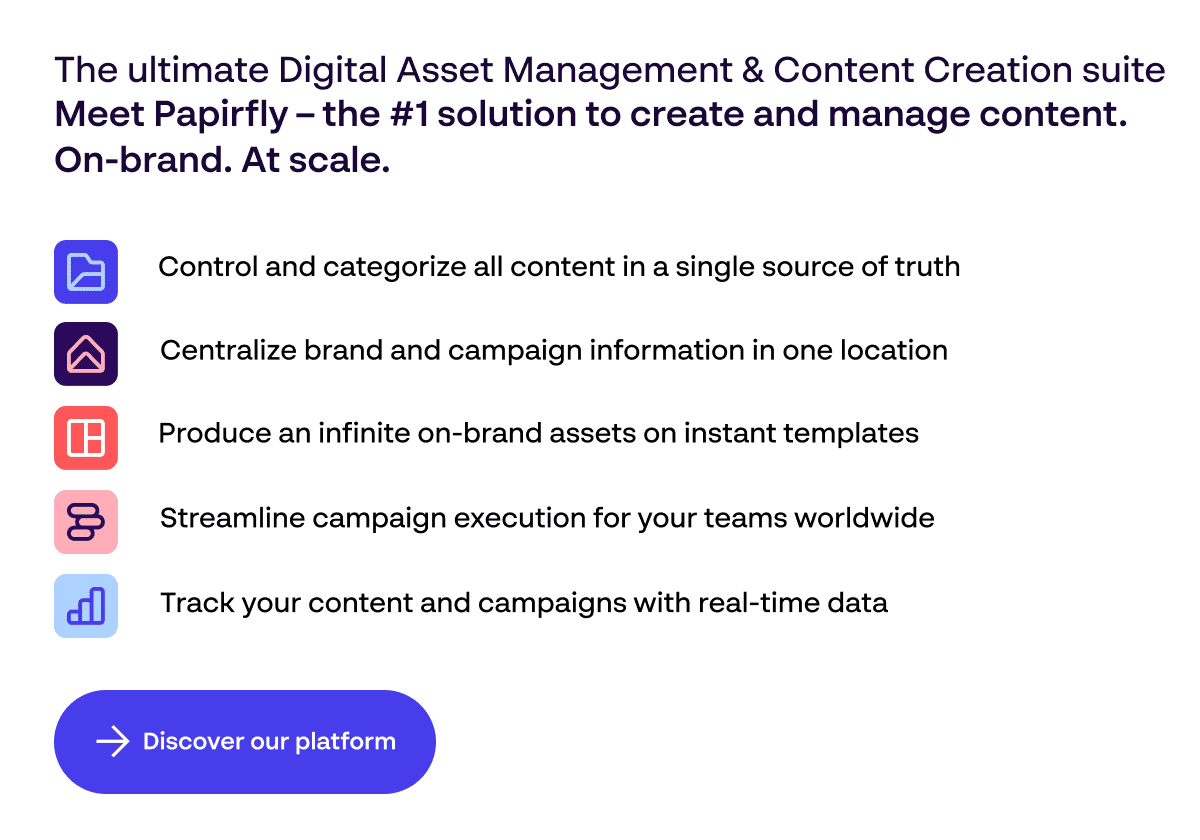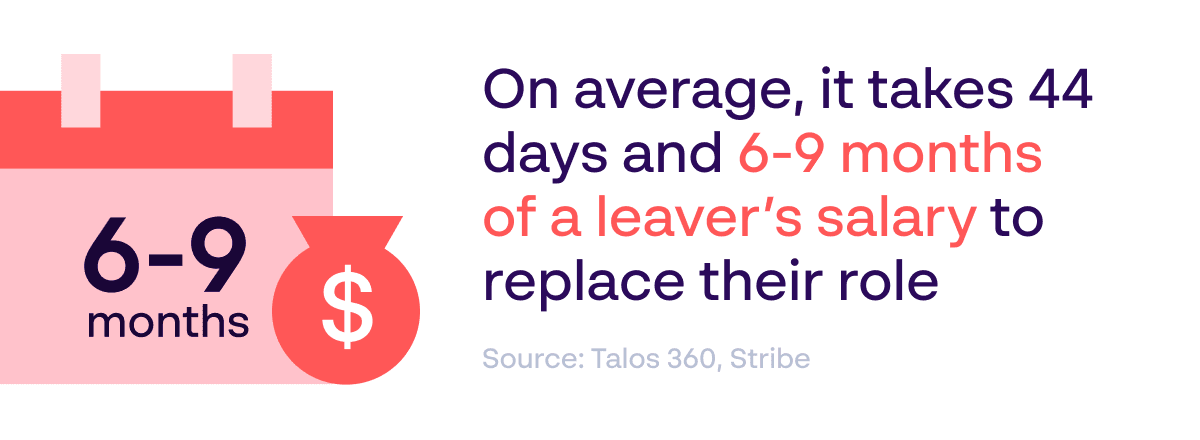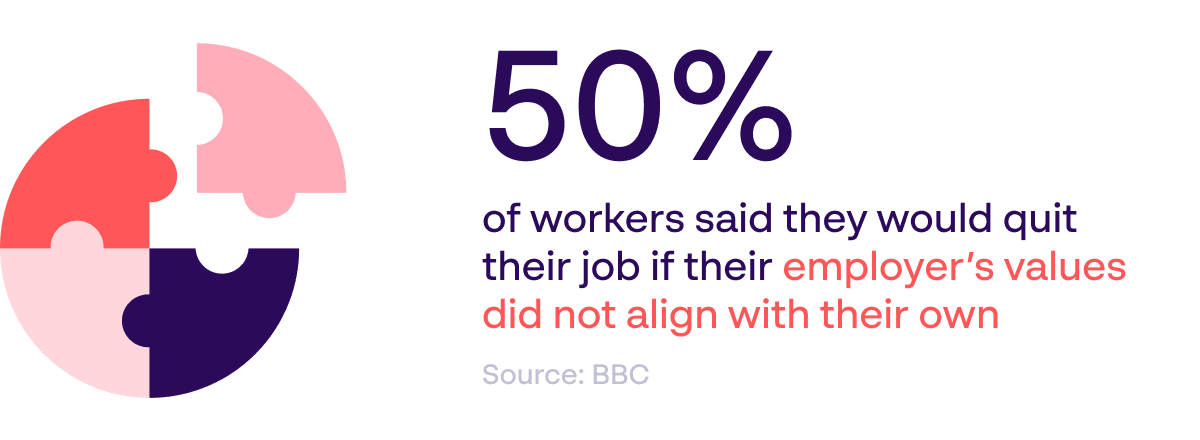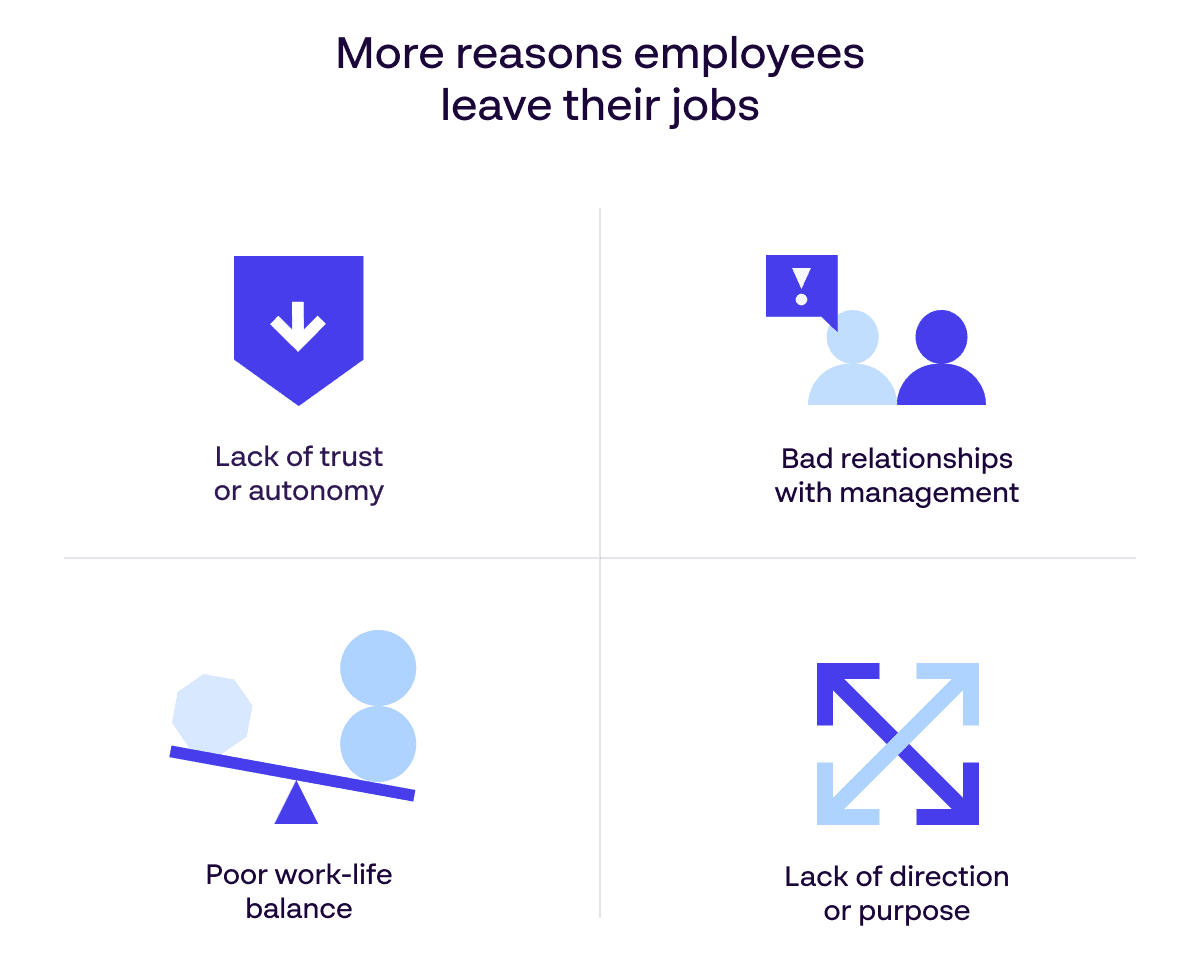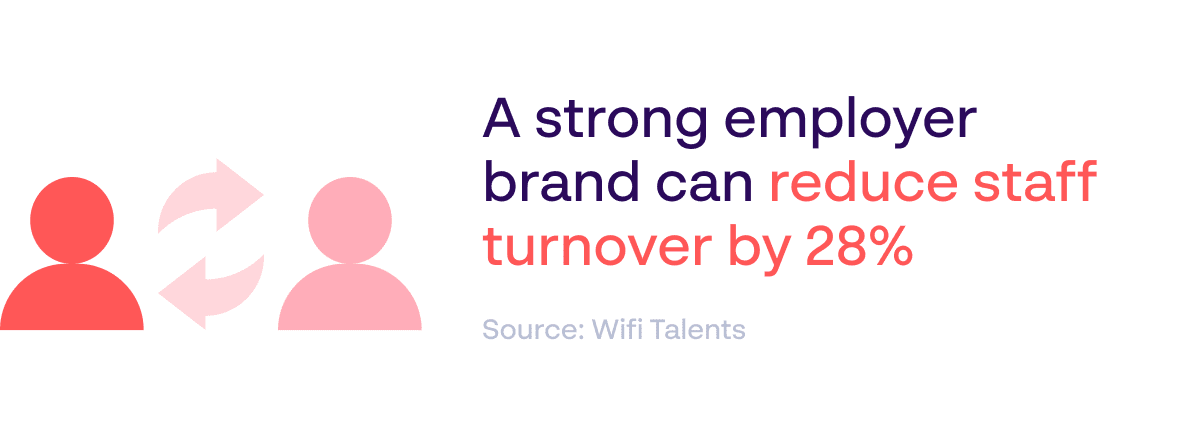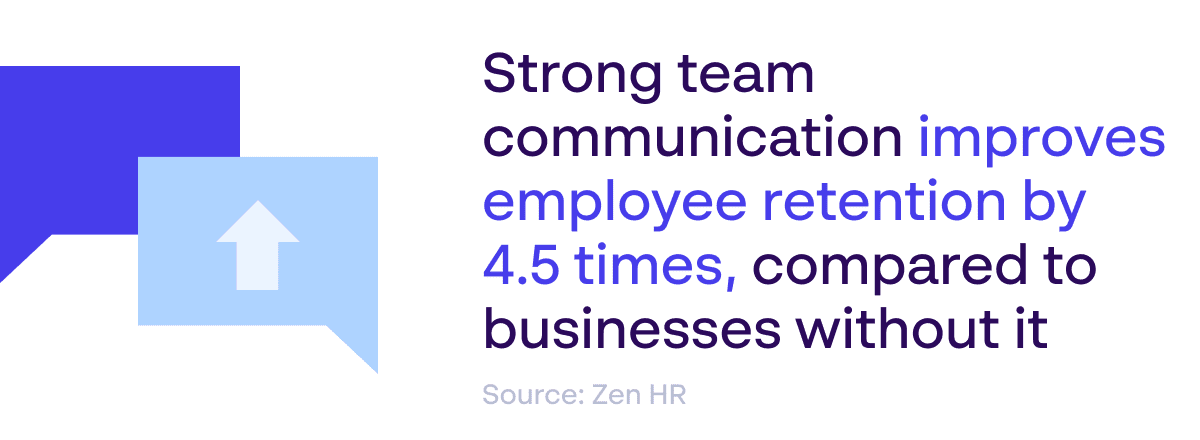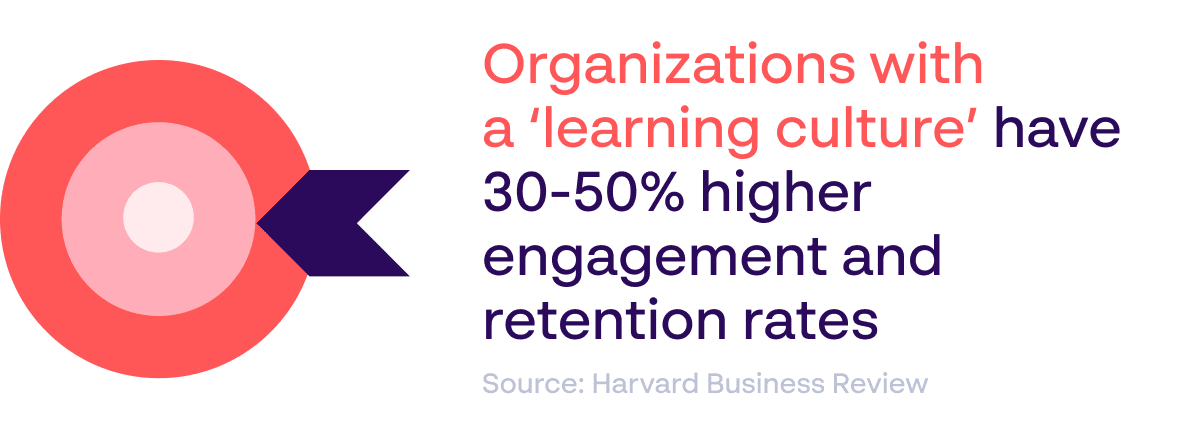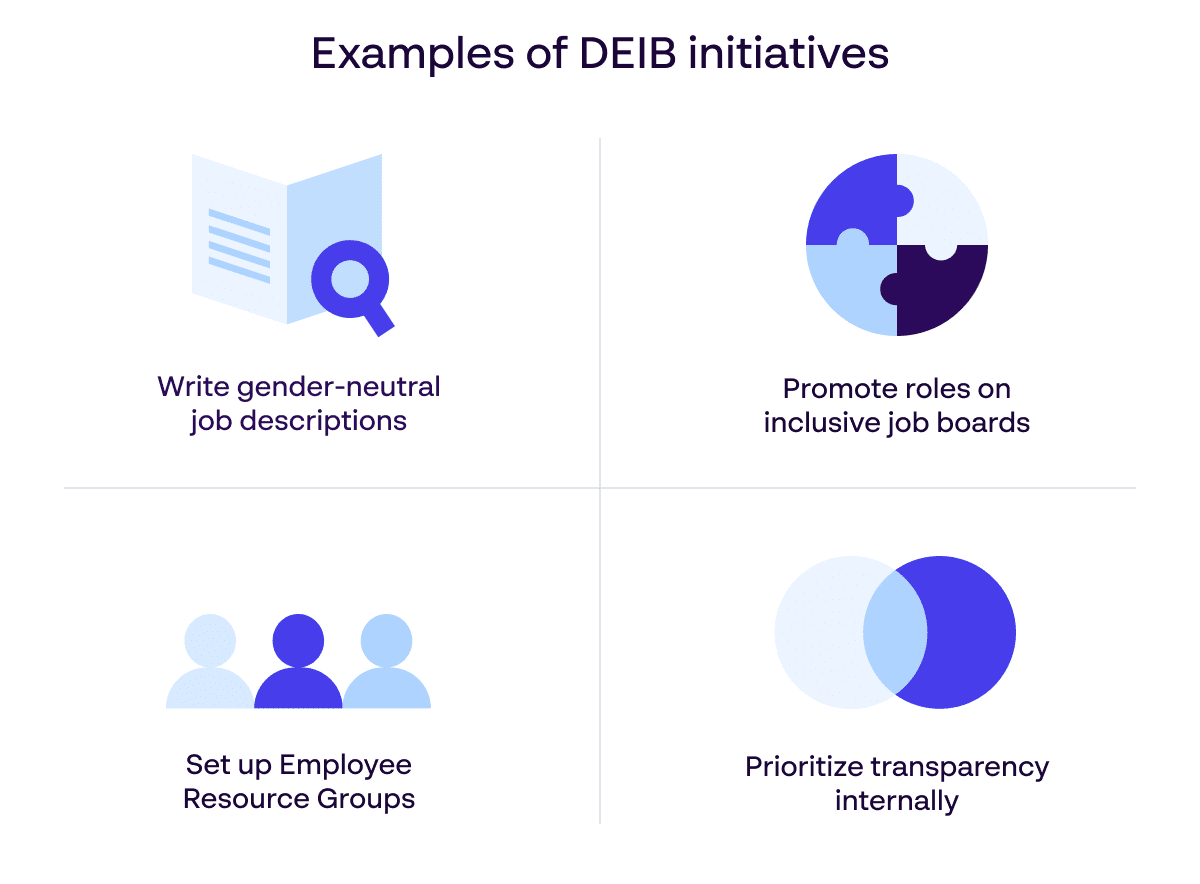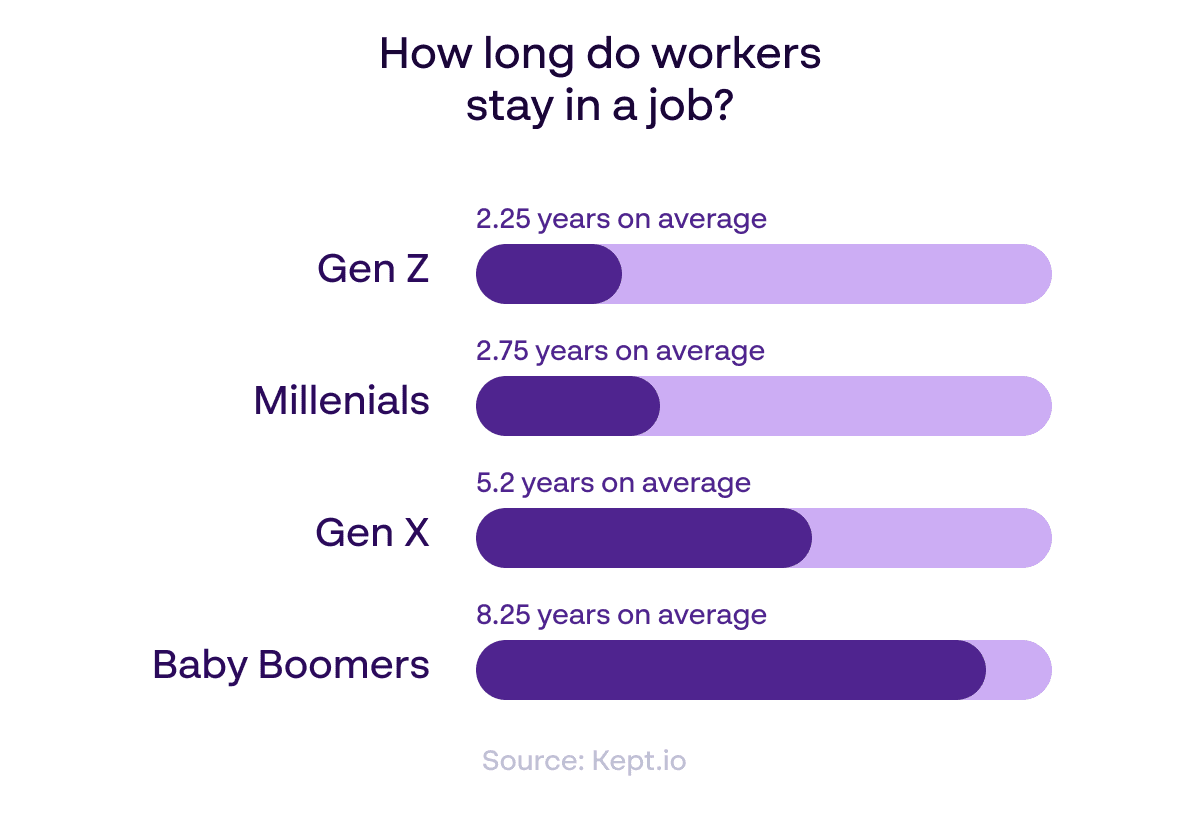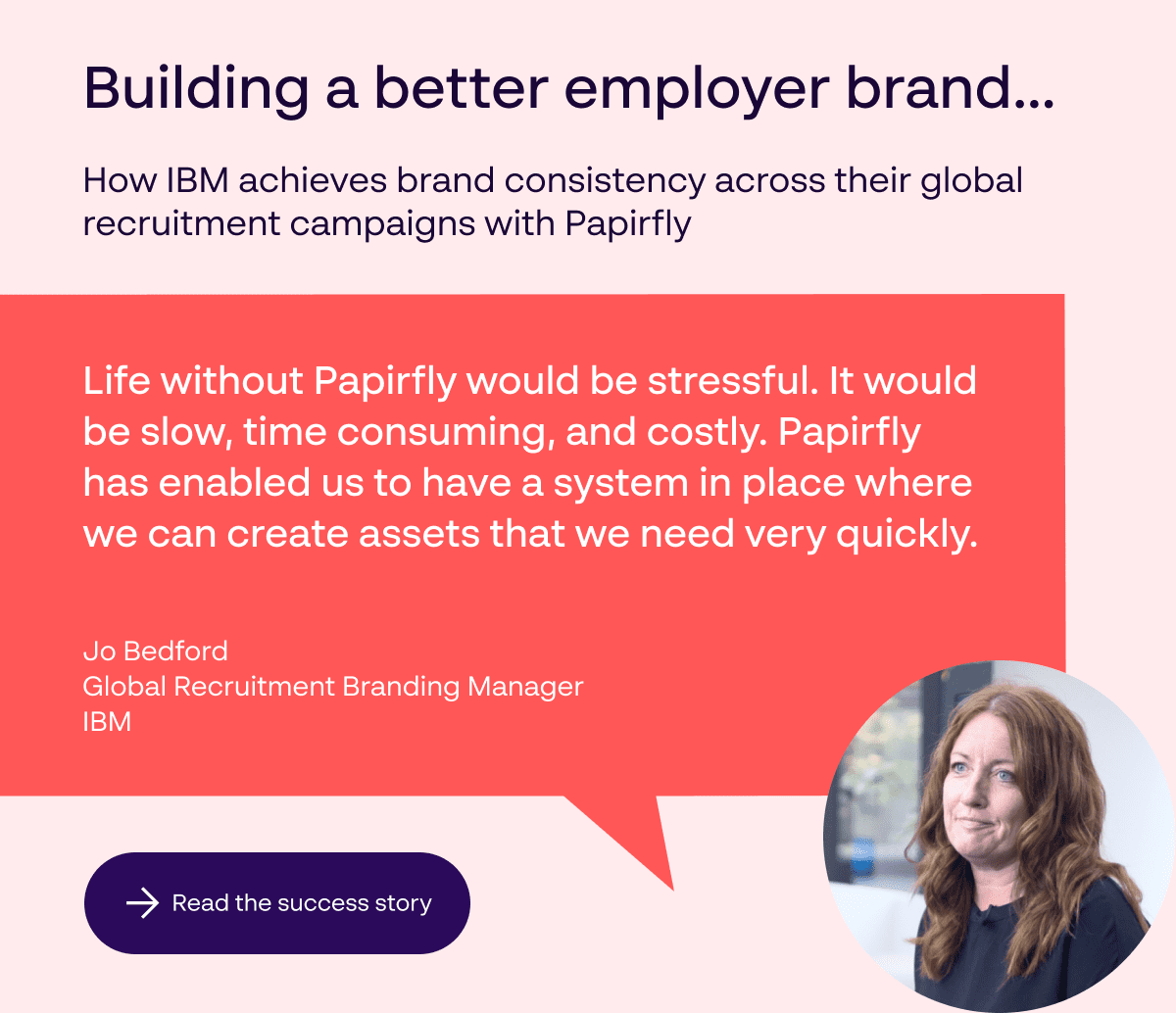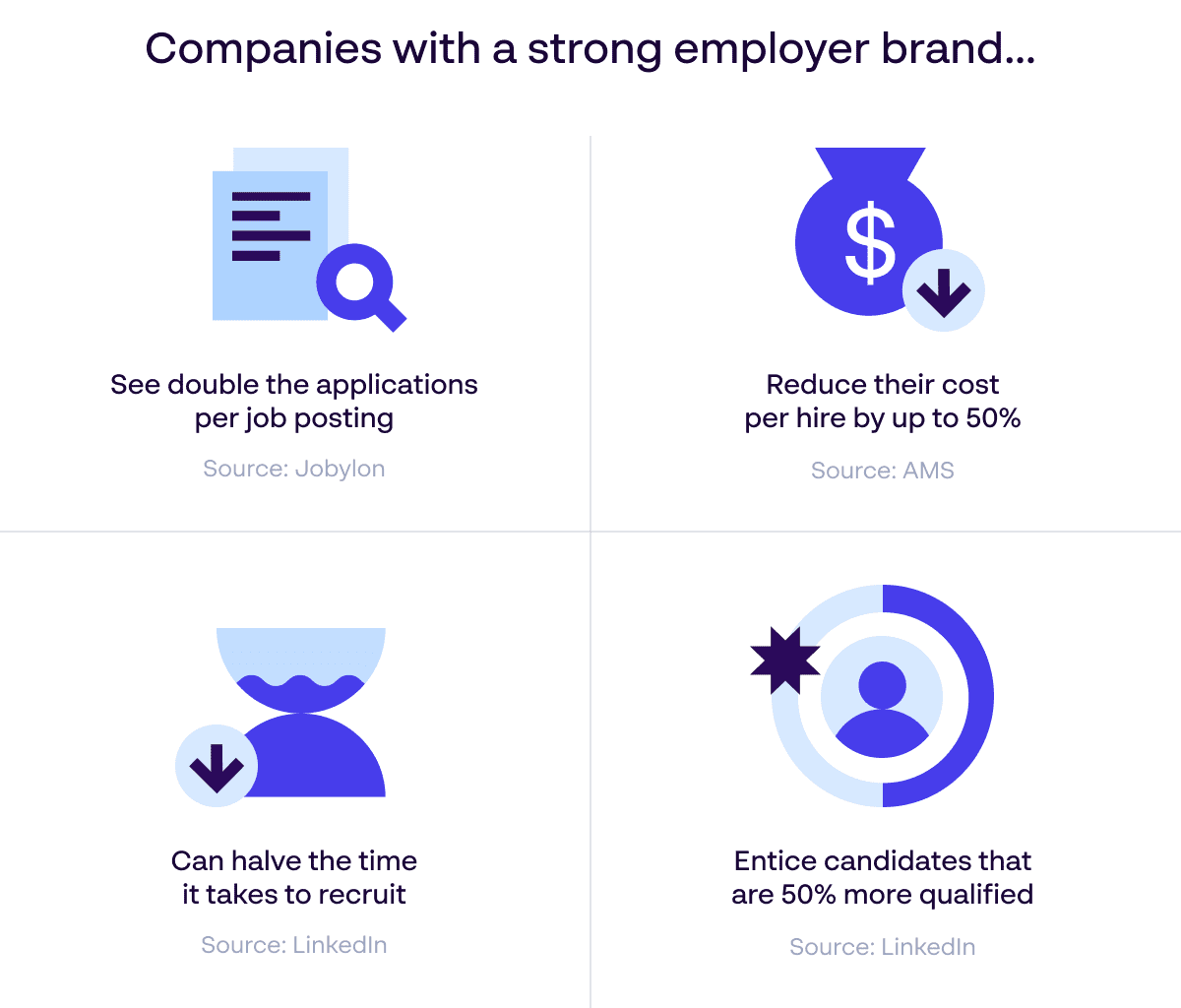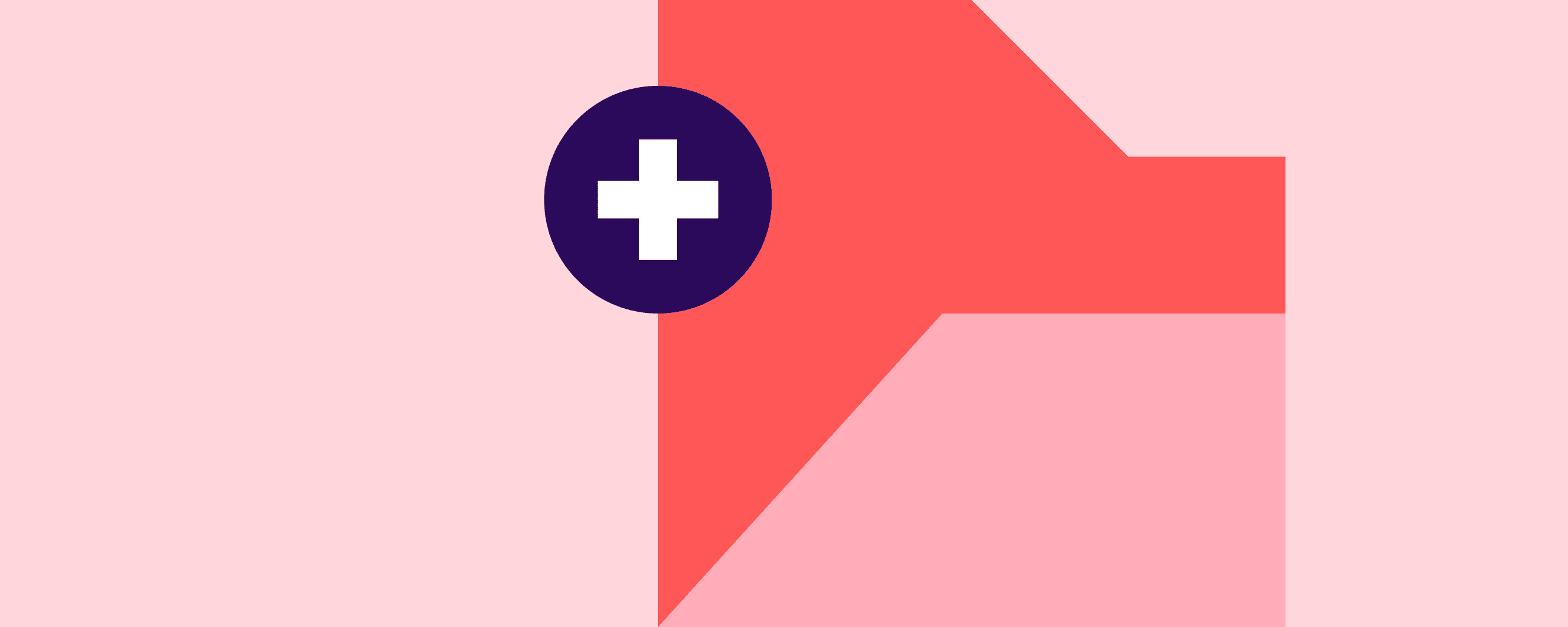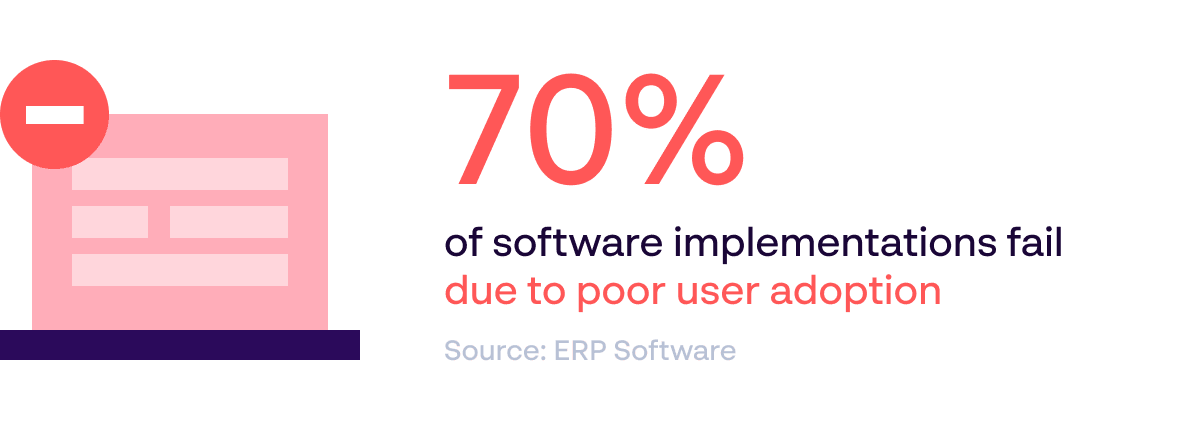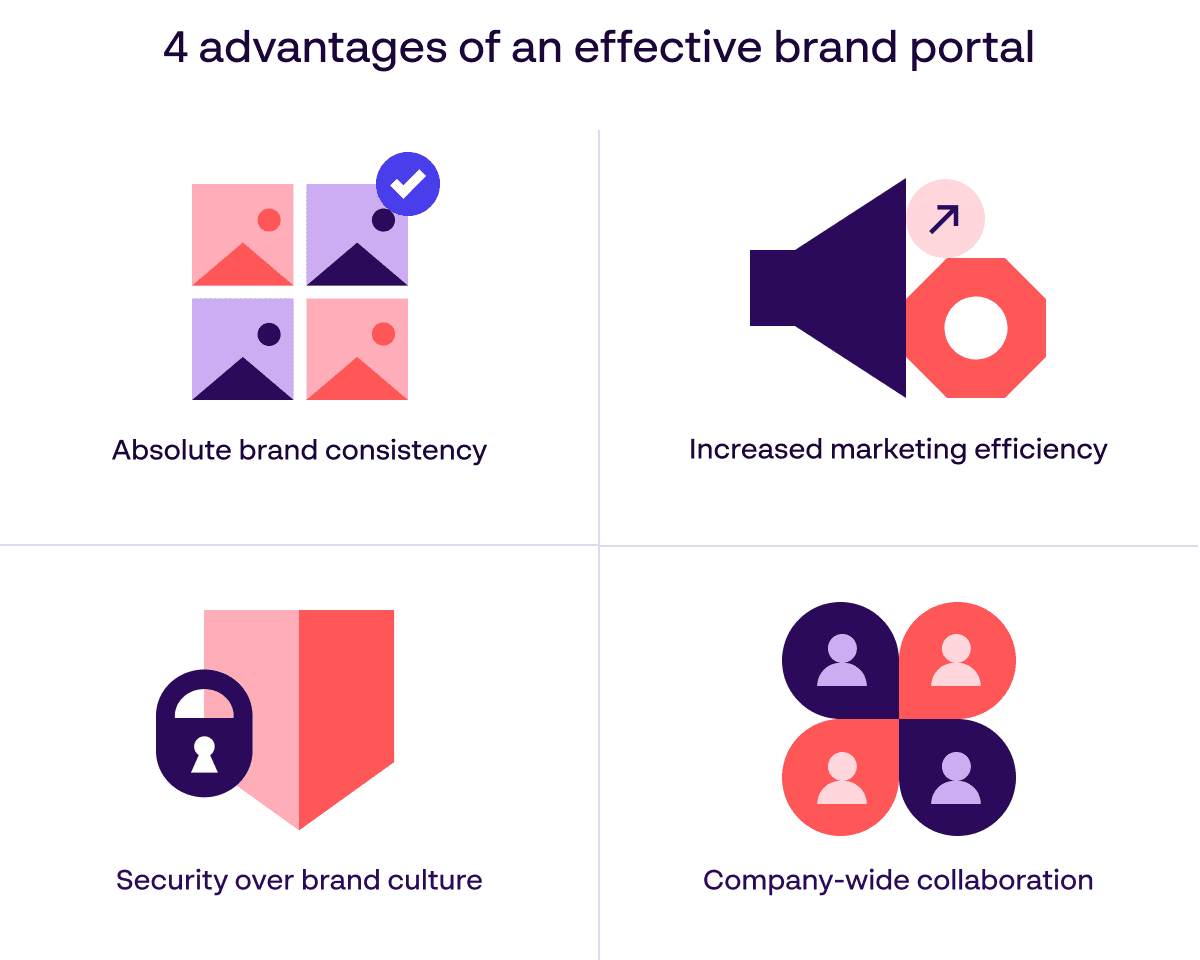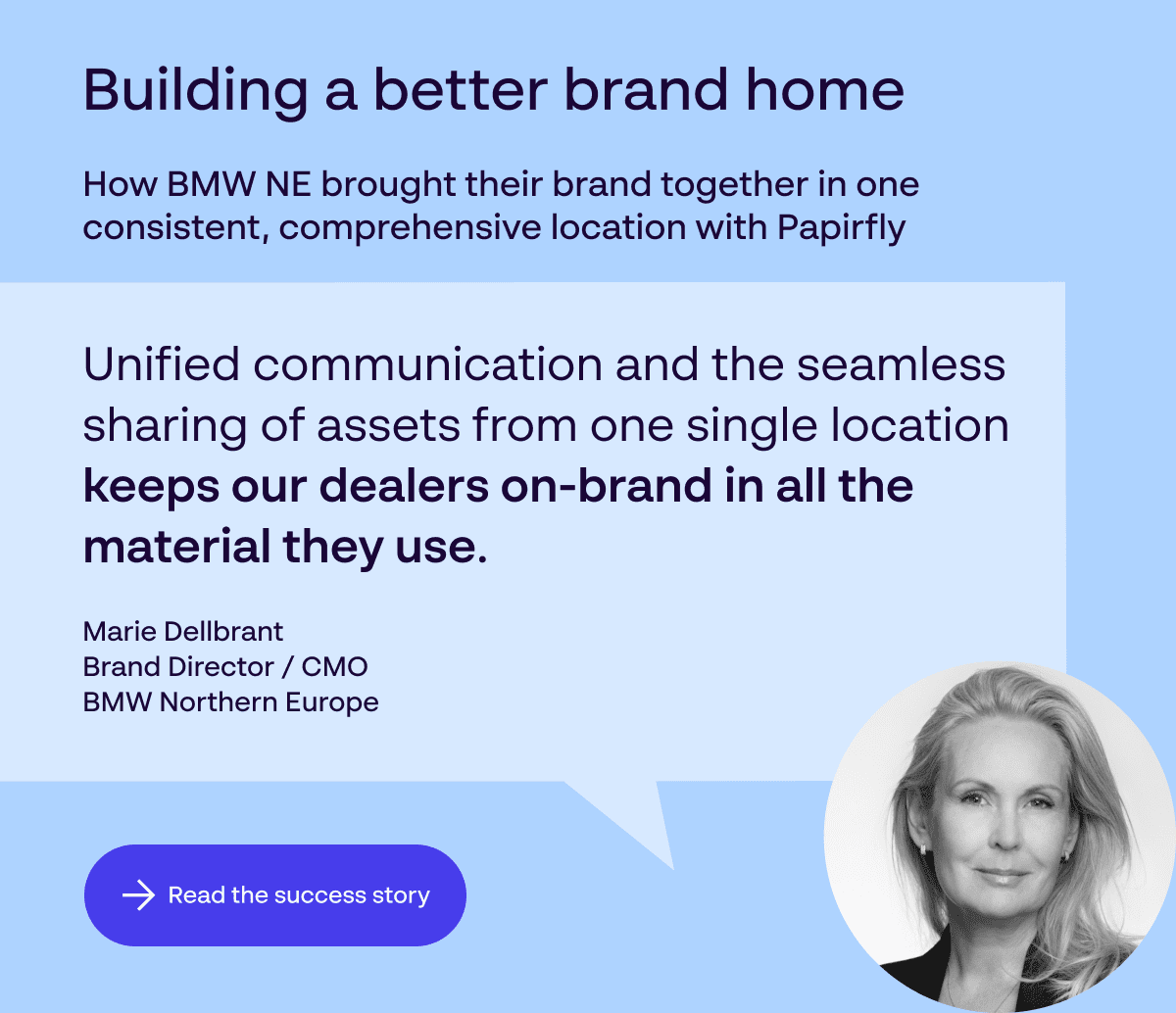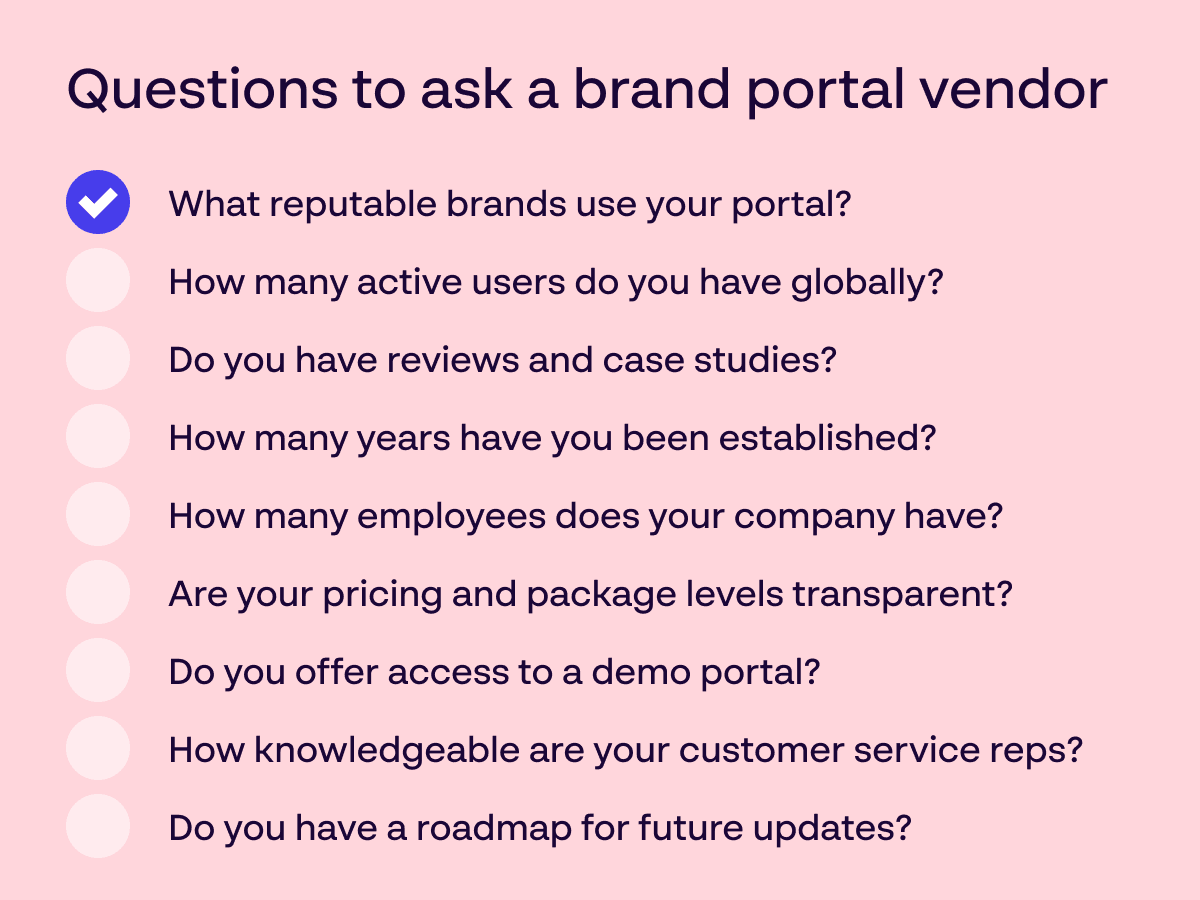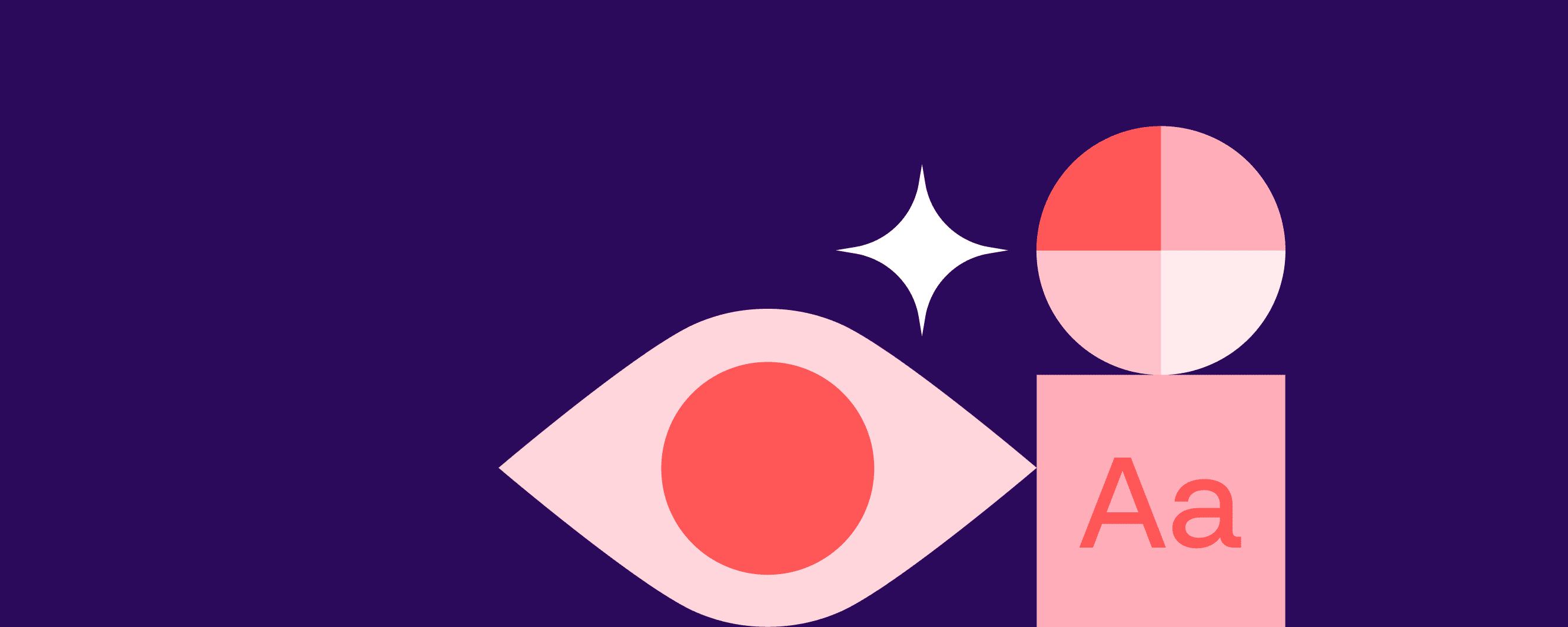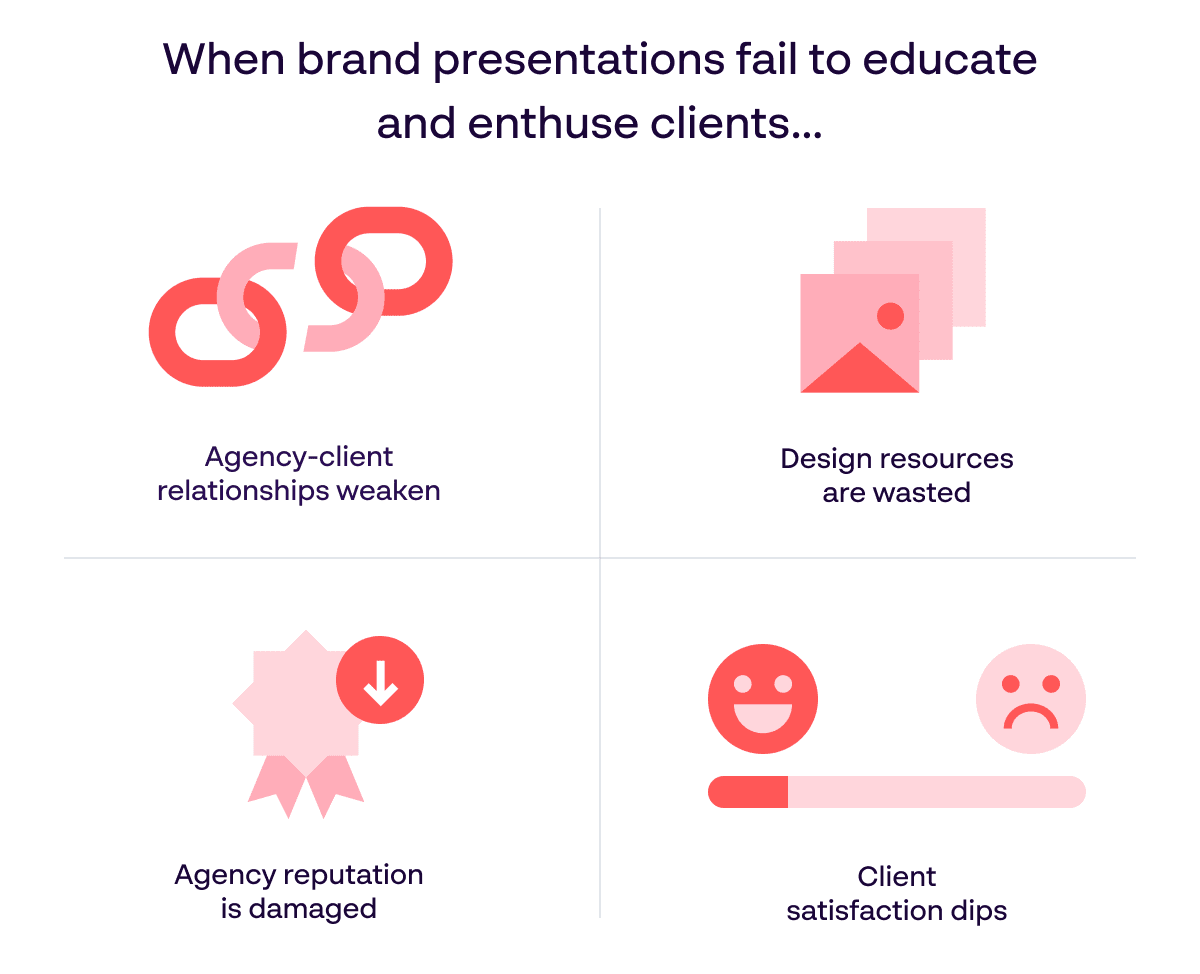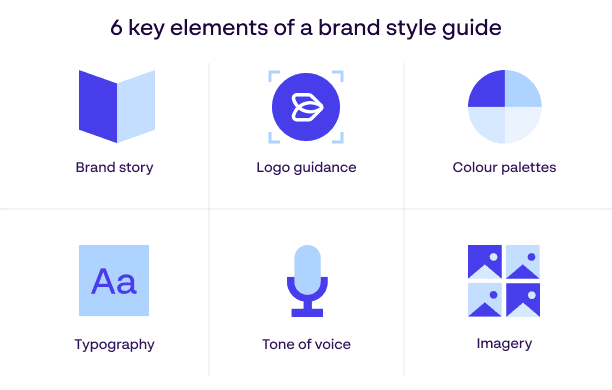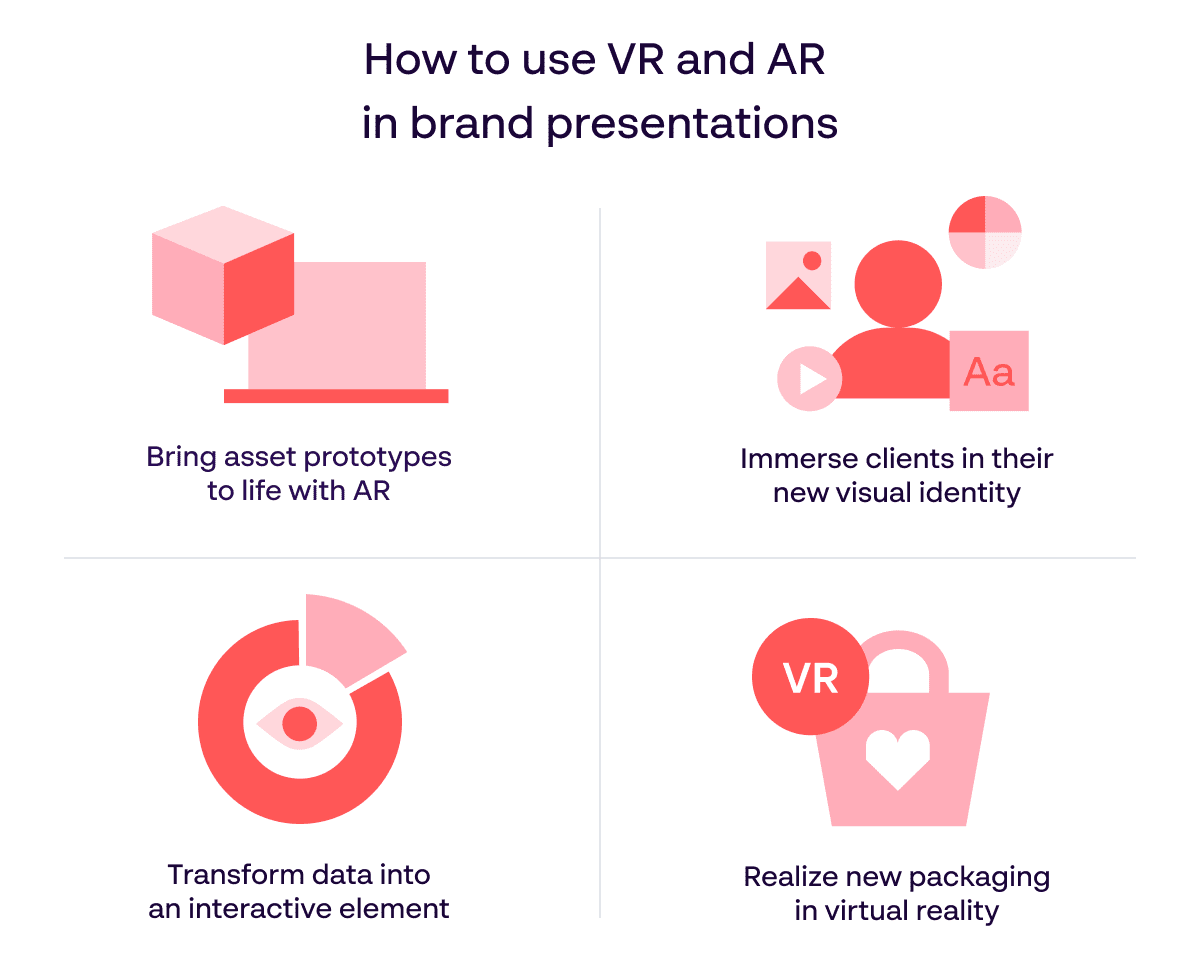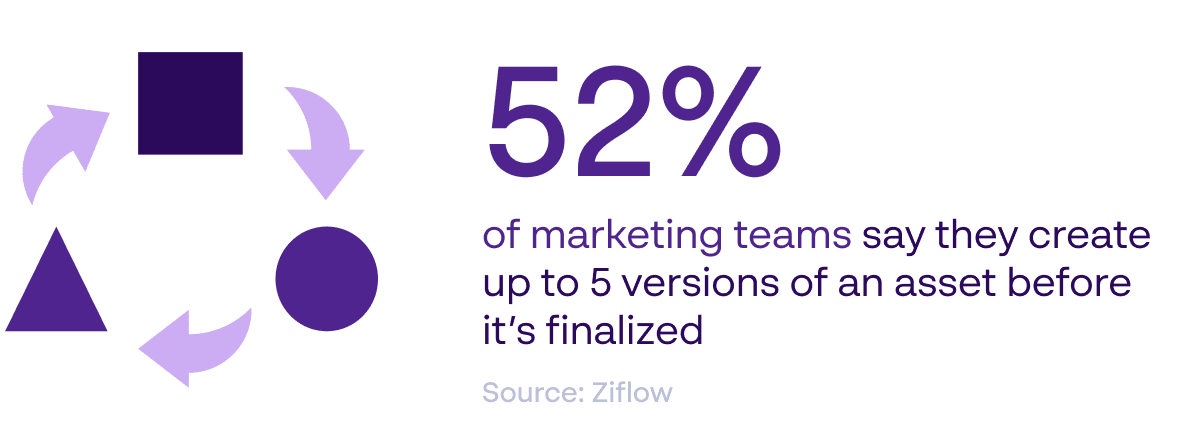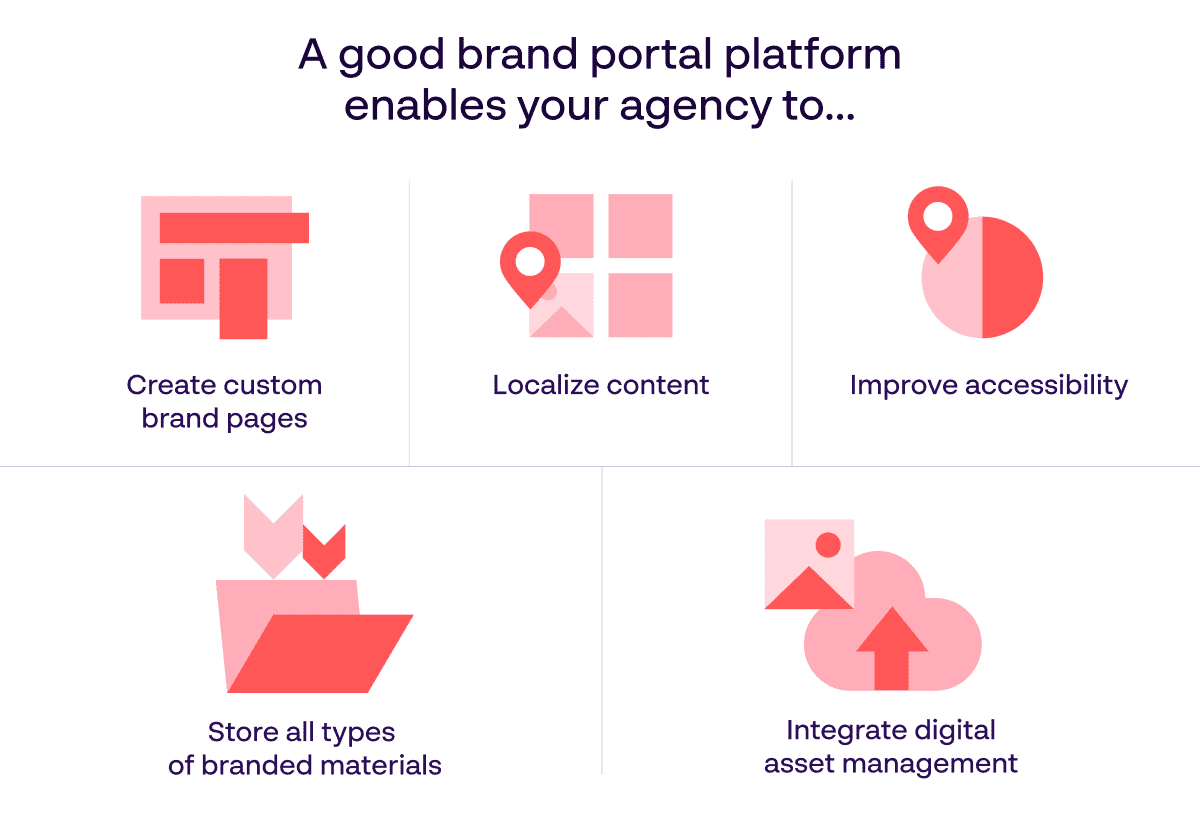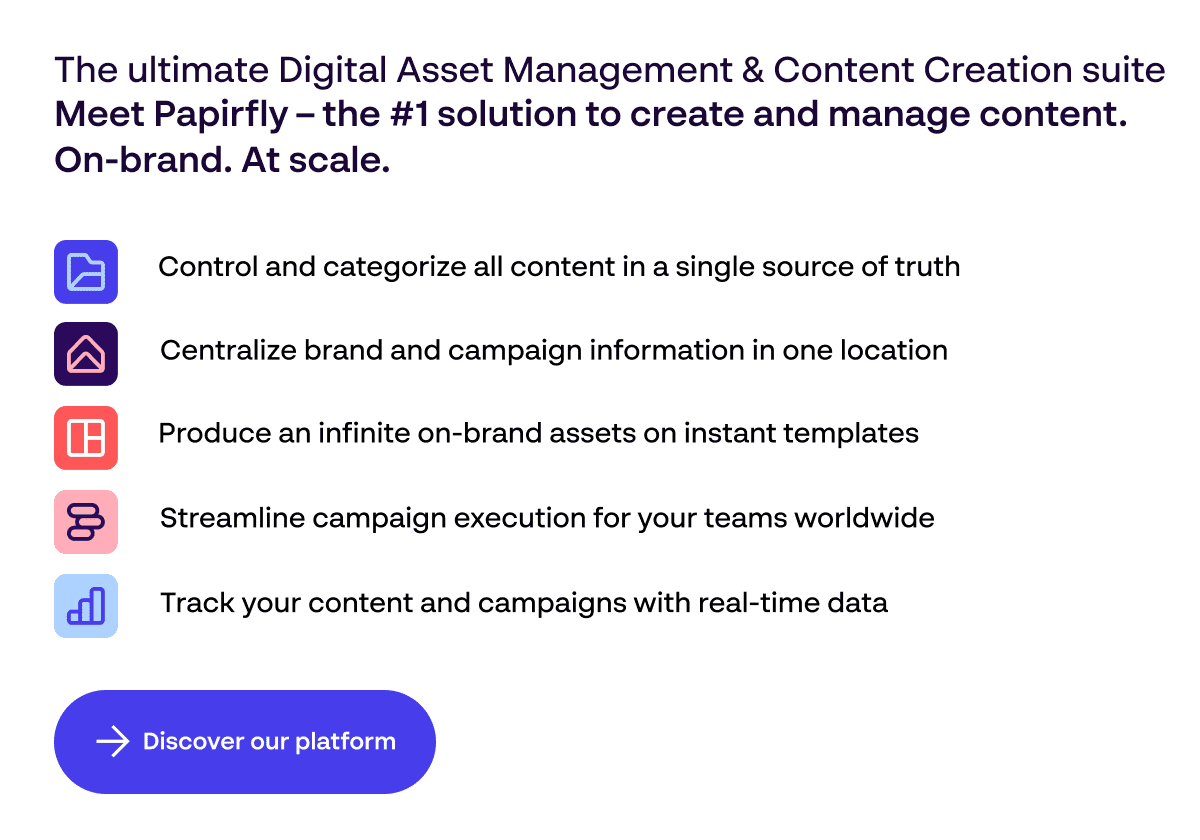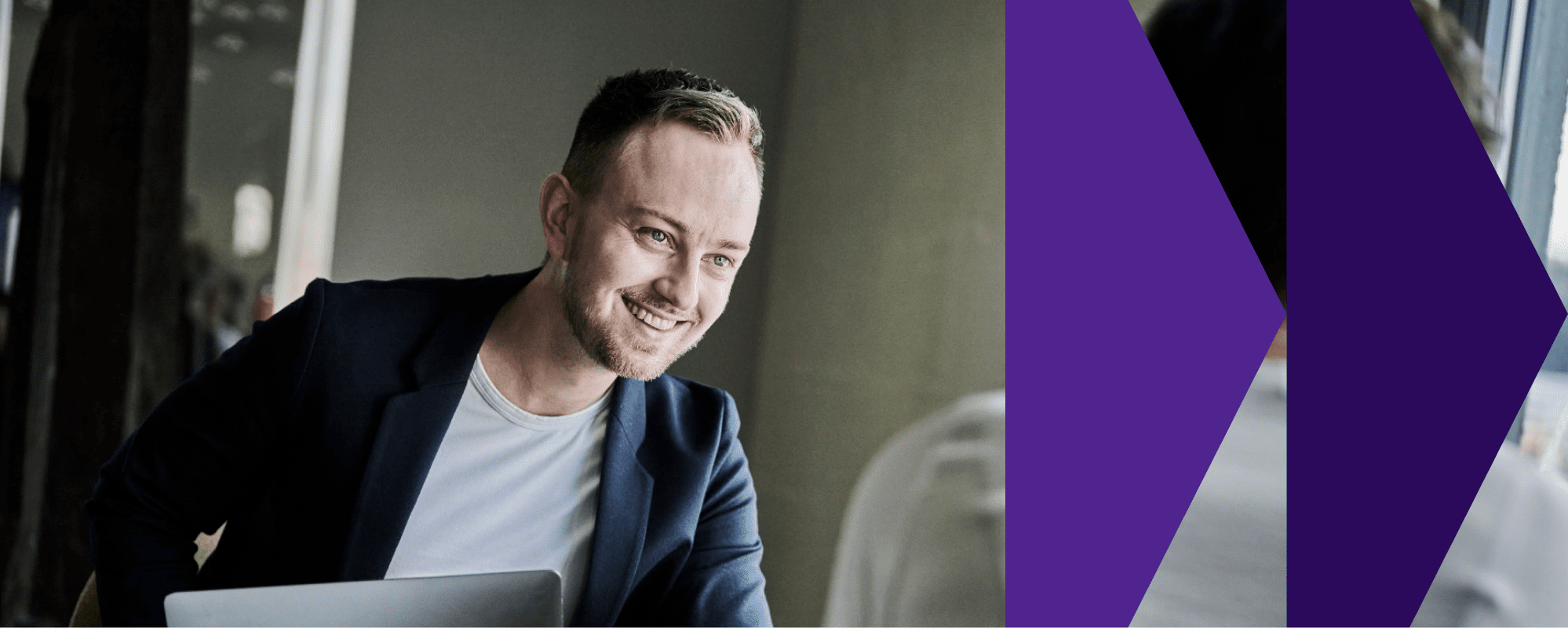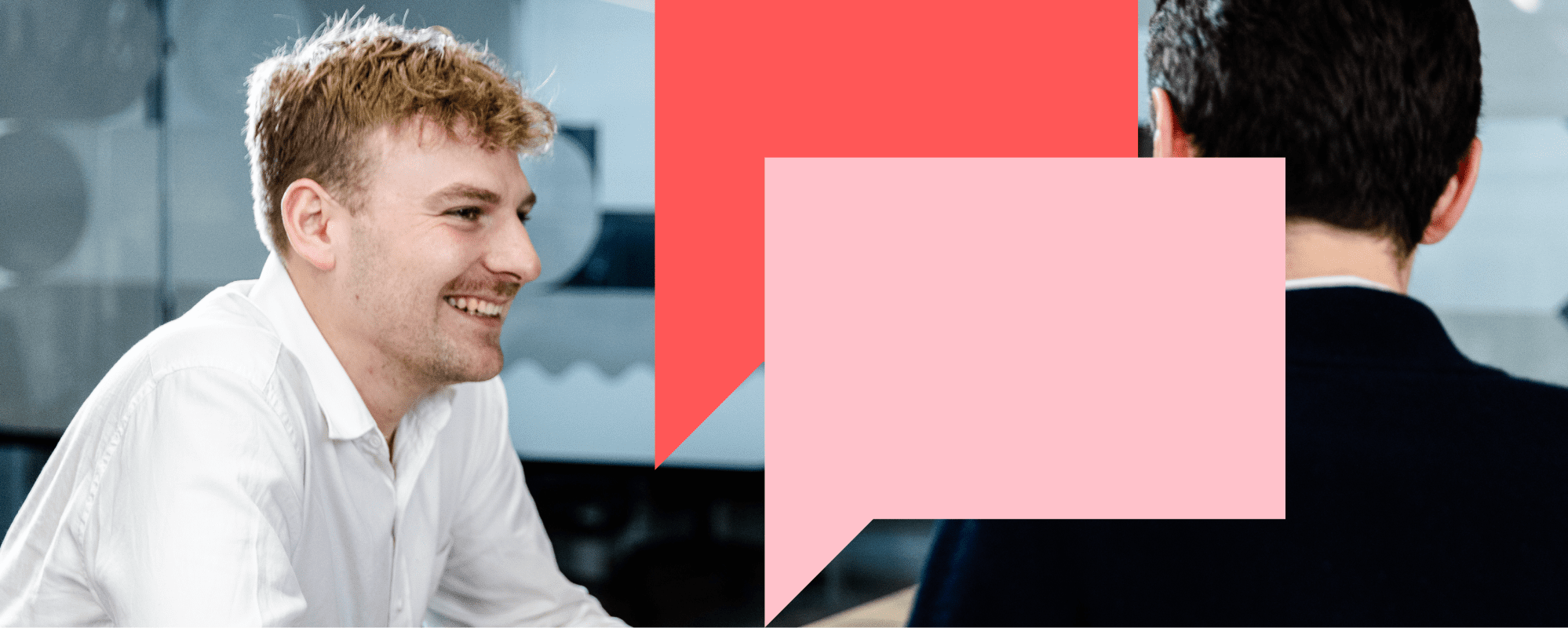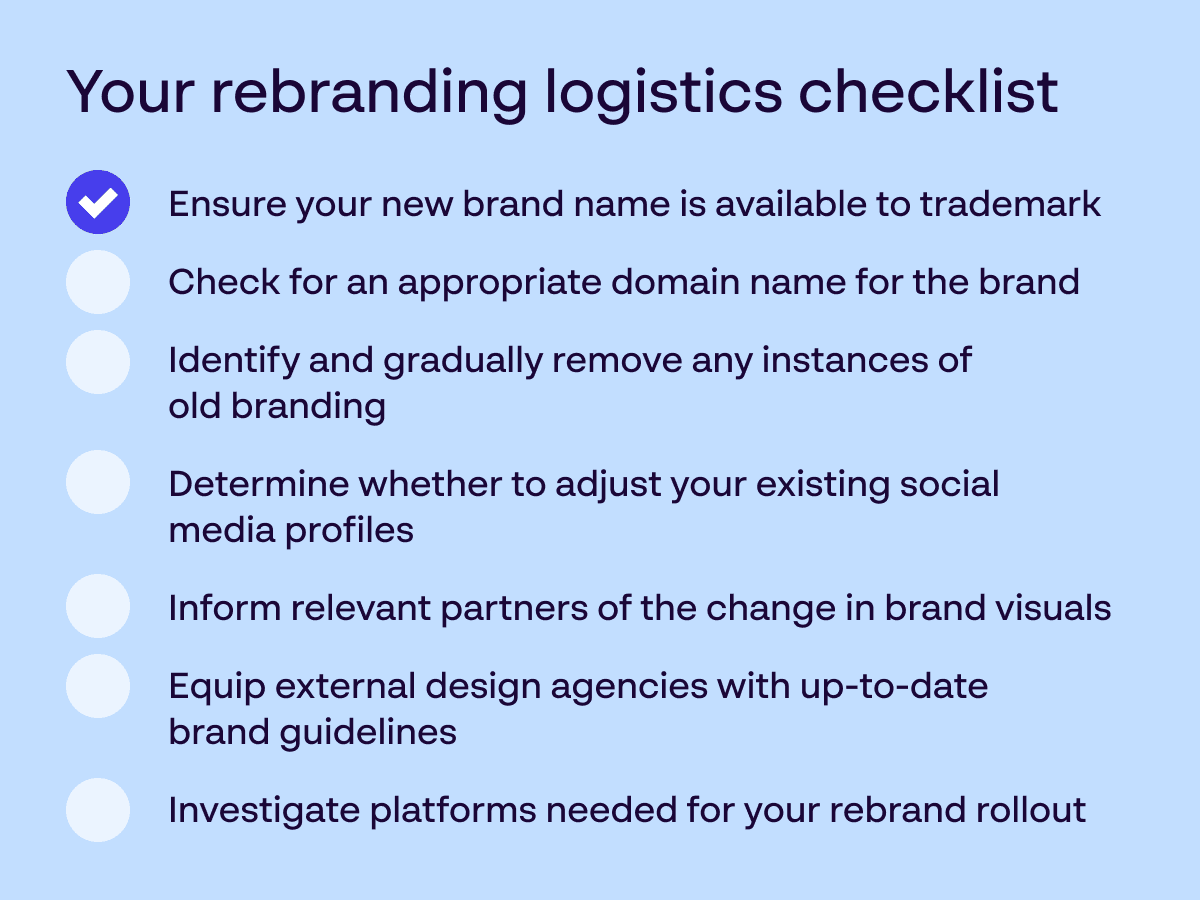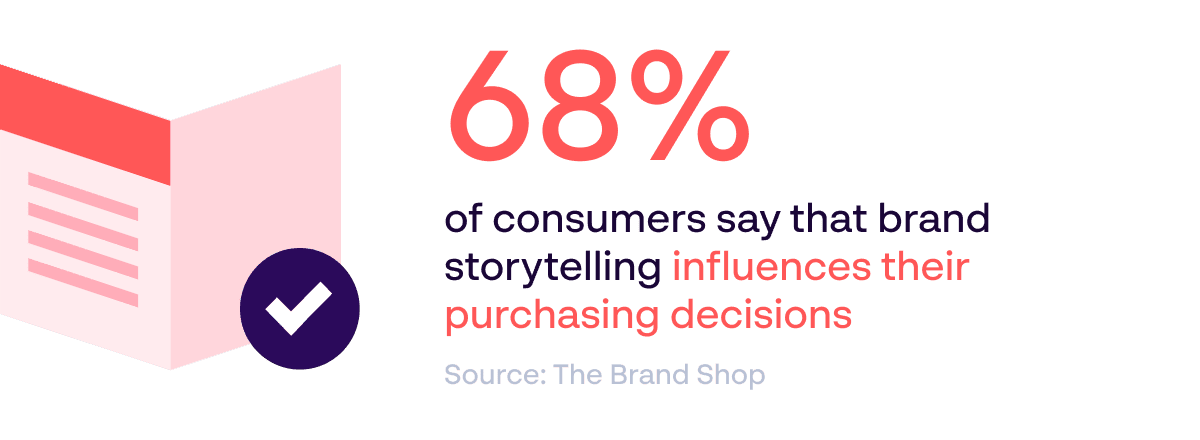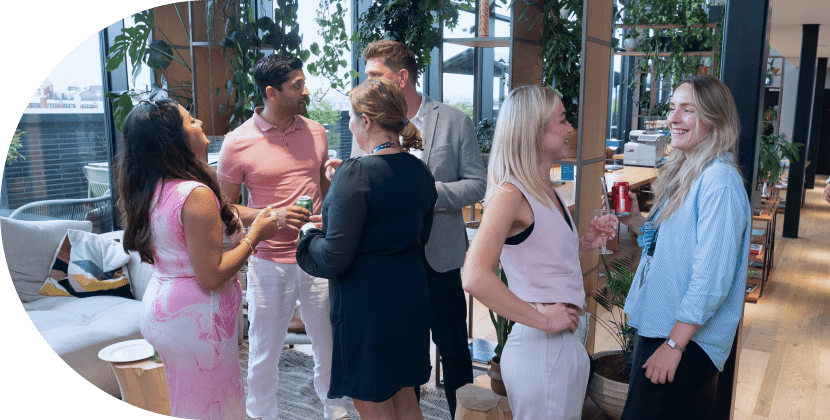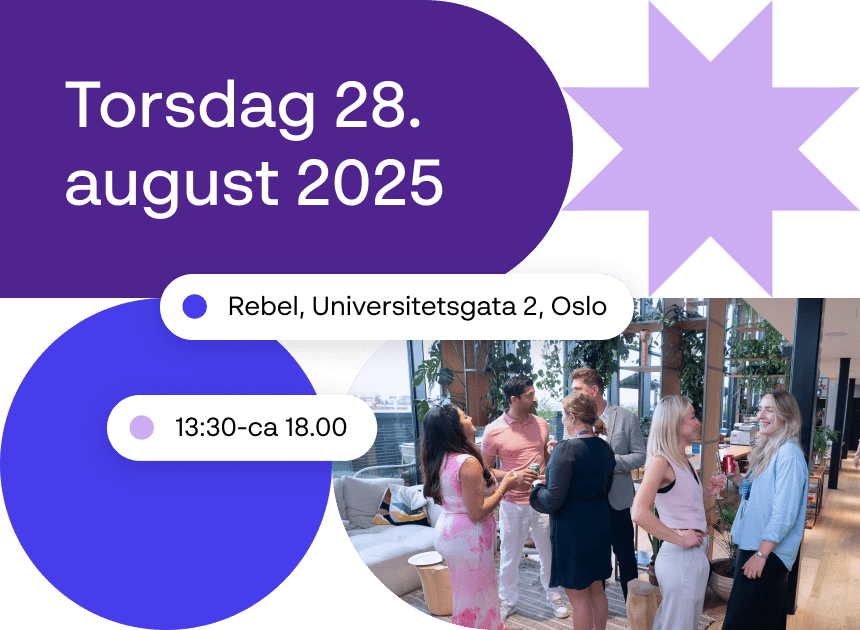Employer branding is crucial for any organisation. Executed well, it can position your company as a compelling place to work, help attract and retain top talent, and enable you to stand out in an ever-expanding sea of competition.
In fact, in a recent survey, 1 in 6 UK workers said they would accept a new role without a rise in pay, if it led to better job security and development opportunities.
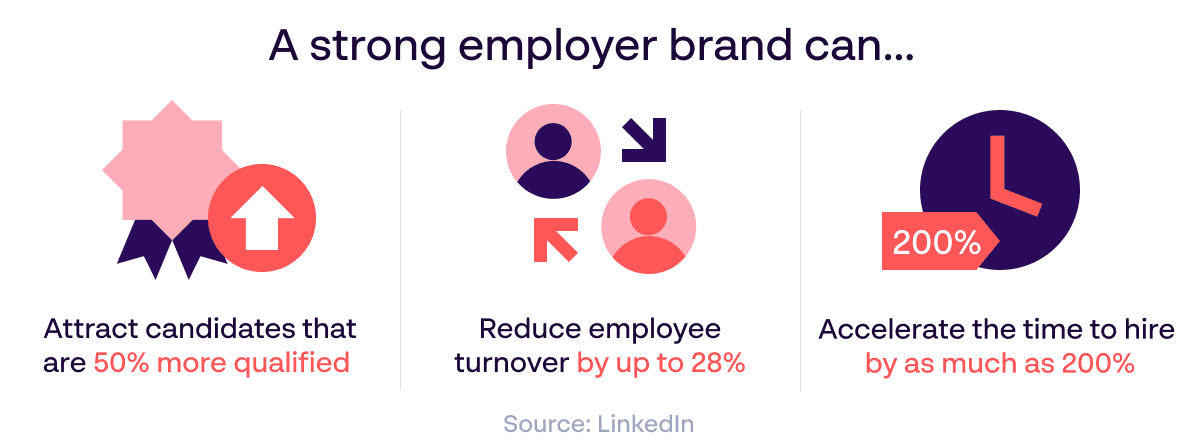
However, get it wrong, and you could risk falling short of candidates’ and employees’ expectations – a poorly maintained employer brand that can lead to greater employee churn, sluggish hiring processes, lower morale and engagement, and potentially hurt your brand’s reputation beyond the talent pool.
So, how do you build a great employer brand? It all starts by understanding exactly what makes some of the world’s greatest so successful. Organisations such as Google, Salesforce, HubSpot and Bain & Company are consistently ranked as tremendous places to work, and a large part of that is their commitment to strengthening their distinct employer brands.
With all this in mind, in this article, we’ll be diving into research and drawing from our decades of experience to bring you the standout characteristics of effective, well-rounded employer branding.
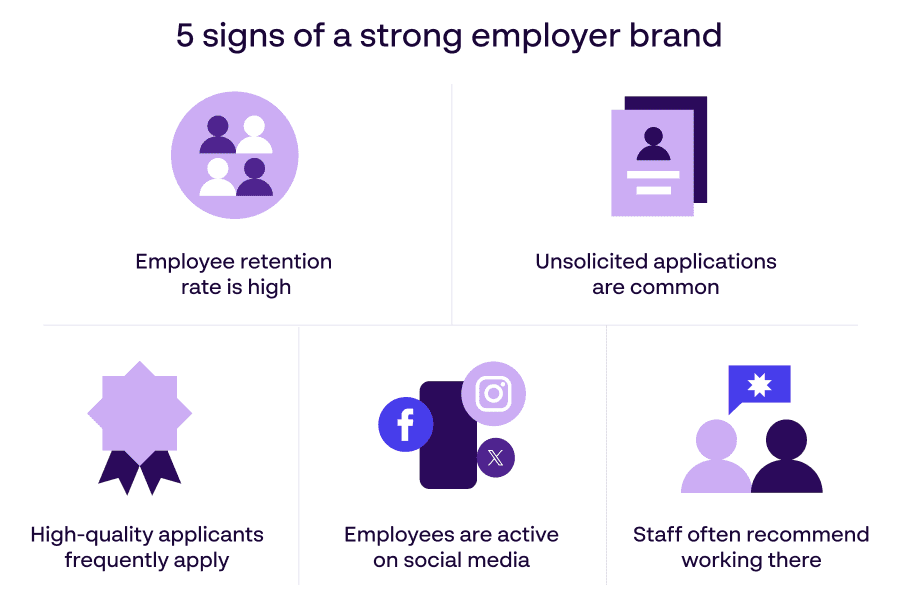
7 hallmarks of world-class employer brands
1. A clearly defined employer brand strategy
Like most successful elements in marketing, a world-class employer brand starts with a well-conceived strategy.
Without an overarching idea of how your employer brand is perceived, who your ideal candidates are, where prospective recruits spend their time, and the messages you must share both internally and externally – your efforts can quickly become inconsistent, unstructured and unsuccessful.
You don’t have to look far to see the correlations between solid strategizing and employer branding success. Take energy drink giant Red Bull, for example. They wanted to seek out the most promising candidates from their expansive talent pool – all while providing a memorable recruitment journey.
To do this, the company devised a strategy that centred around the creation of a new tool, Wingfinder. This started by working together to identify the core traits, skills and experience of their ideal hires, which were then programmed into Wingfinder. This made it faster to find prospects that fit Red Bull’s hiring criteria, while providing unsuccessful applicants with helpful career development advice.
This has allowed Red Bull to improve the quality of its hires and the public standing of its overall business. And while Wingfinder is the tool at the heart of this, it would not be nearly as effective without the well-considered strategy behind it.
With all this in mind, how can you formulate a successful strategy for your employer brand? Here are some top-line tips for you to mull over:
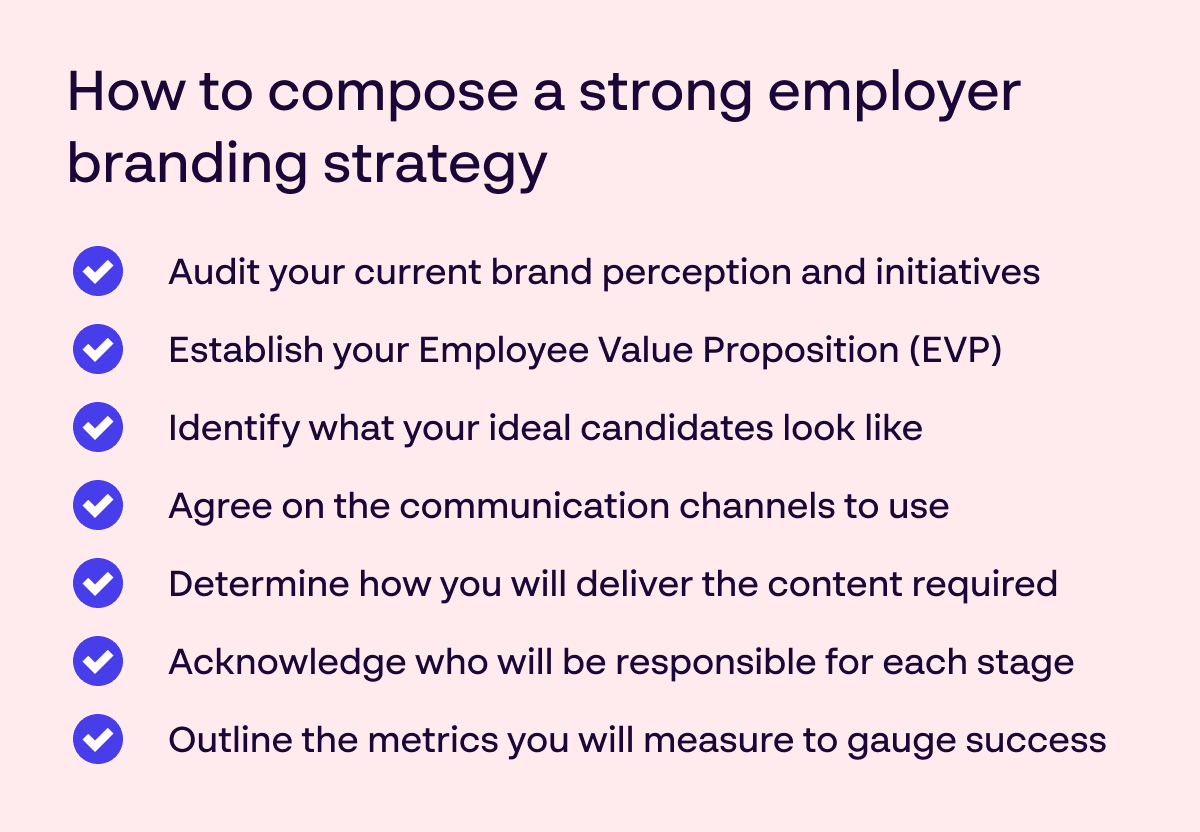
2. A receptive attitude to listening
An employer brand, while a formidable recruitment tool, really centres around delivering an experience that resonates with your existing talent.
Placing your full focus on attracting new job seekers, and consequently leaving your teams on the ground feeling undervalued or ignored, only hurts your ability to recruit, retain and engage staff in the long-term.
This is all to say that it’s important to listen to your staff. The insights they provide can pave the way toward a future where your brand and your people are closely aligned, empowered and engaged.
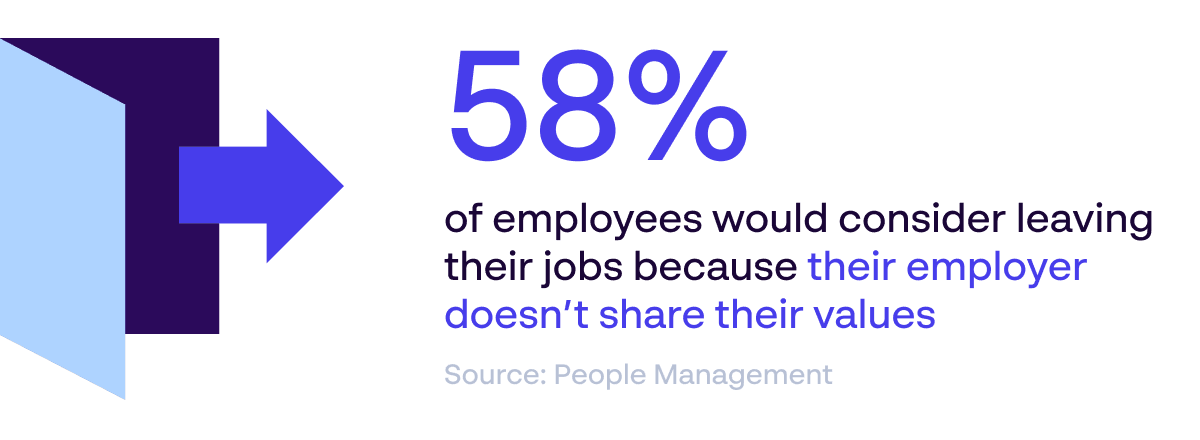
And this is exactly what L’Oreal – world leader in beauty products and globally regarded place to work – did when it came time to craft a new Employer Value Proposition (EVP). By soliciting input from its staff, the organisation established a compelling EVP that authentically represented the company.
So, how do you gain the information you need to make changes for the better? One way is to simply ask, sending out an internal survey with questions like:
- How would you describe the company culture to a friend?
- What made you decide to join our organisation?
- What aspects of our workplace do you find most and least motivating?
- If you could change one thing, what would it be and why?
3. An authentic company culture
Another core tenet of any successful employer brand is authenticity; your ability to ‘make good’ on your promises and incorporate them into your everyday company culture.
Is your business rooted in tradition, or are you laser-focused on the future and globalisation? Is your corporate structure formal and hierarchical, or do you take a more free-flowing approach to employee participation?
There’s no right or wrong answer here. The important thing is that you genuinely reflect these values in the day-to-day environment at work. If you don’t, you could risk alienating your new and existing talent.
For example, imagine you’re a candidate who joins an organisation because it’s positioned as a forward-thinking company and a global leader in its field. But, when you get there, you’re greeted by dated equipment, a stringent dress code, and a restrictive management structure. You’d probably feel misled and disconnected from the get-go.
What can you do to ensure your company culture more closely aligns with your employer brand and values? Consider the following:
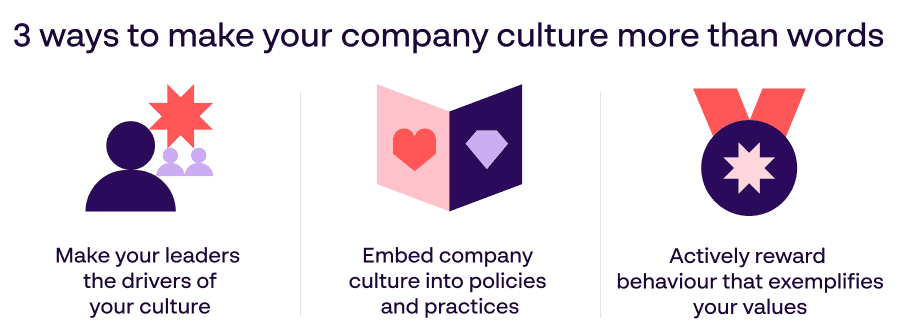
4. A localised approach to communication
The world’s best employer brands are great communicators. It doesn’t matter if they’re speaking to employees in Europe or appealing to candidates in Asia, global leaders in this sphere all nail one thing – localisation.
Whether you’re a national corporation or an international conglomerate, the last thing you want to do is take a ‘one-size-fits-all’ approach to messaging. Doing so could exclude individuals who ‘fall outside your central narrative’ and damage your reputation within certain groups and cultures.
You only have to look at when the Jolly Green Giant became the ‘Intimidating Green Ogre’ in Arabic, to see what can happen when localisation goes wrong.
With that in mind, what does success look like here? For multinational software company SAP, adapting content to local audiences meant they could present an entirely consistent brand – one capable of empowering employees, supporting talent acquisition, and maintaining a vast talent pool of over 150 nationalities.
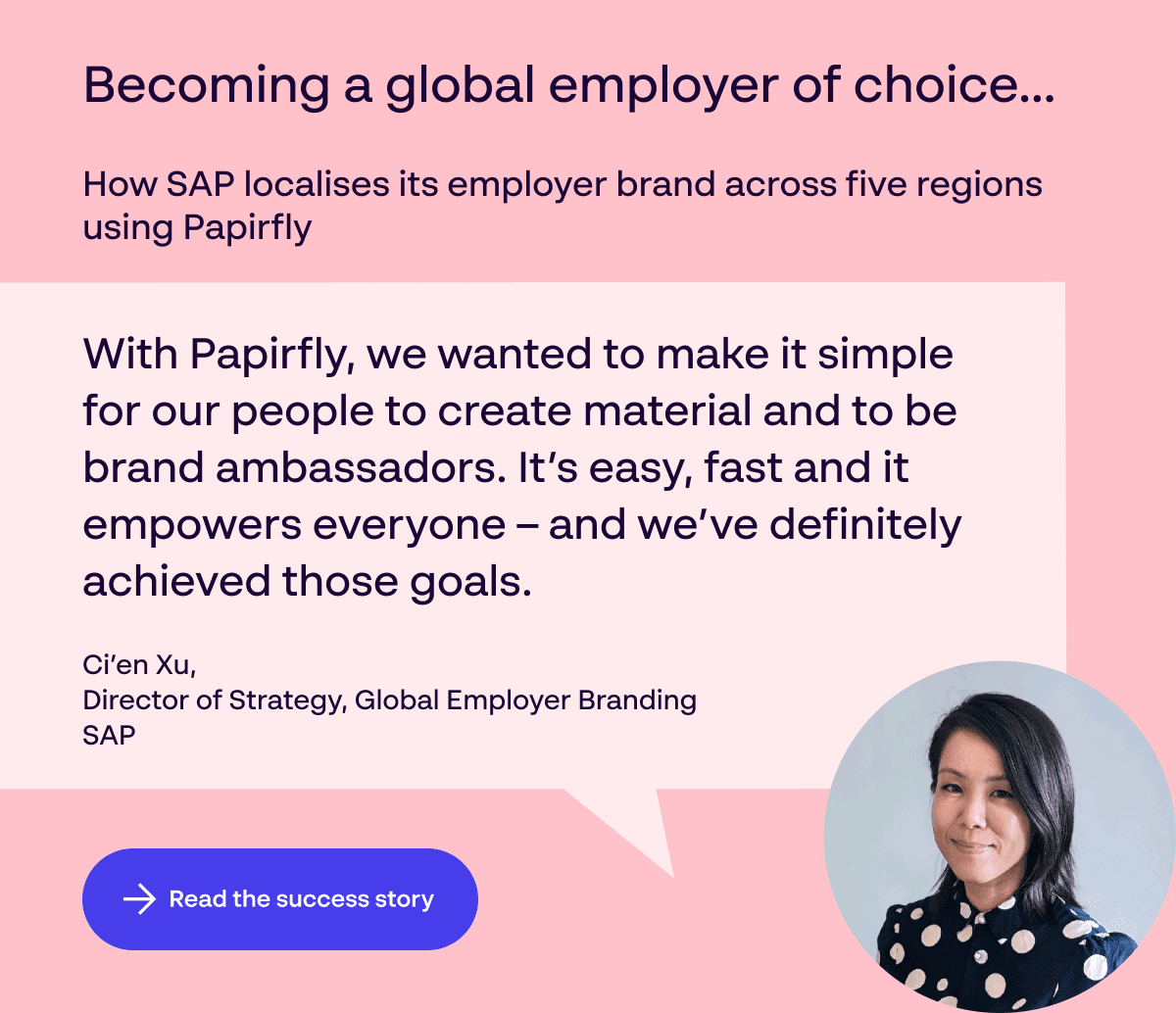
Despite the immense benefits of localisation, adapting your employer branding to different markets is hard work, especially if you operate in multiple territories. That’s why some of the largest enterprises, like SAP, rely on dedicated content creation solutions to expedite this long and involved task.
While different content production tools will vary in their capabilities, giving anyone on your team the power to quickly change elements like colours, imagery and messaging – instead of having to build each new version from scratch – unlocks the speed and flexibility essential to achieve effective localisation.
In addition, harnessing a capable Digital Asset Management (DAM) tool alongside this can allow your teams to categorise social media graphics, recruitment ads and more based on location and audience segments. This greatly reduces the risk of inappropriate or ill-fitting content reaching the wrong market, cutting down inconsistencies that threaten your communications.
5. A forward-thinking commitment to DEIB
DEIB stands for Diversity, Equity, Inclusion and Belonging – four concepts at the heart of any leading employer brand.
Without them, you run the risk of excluding talent. Not just by limiting who you directly consider for your roles, but also by alienating anyone who places real value in working at a company that honours diversity and inclusivity.
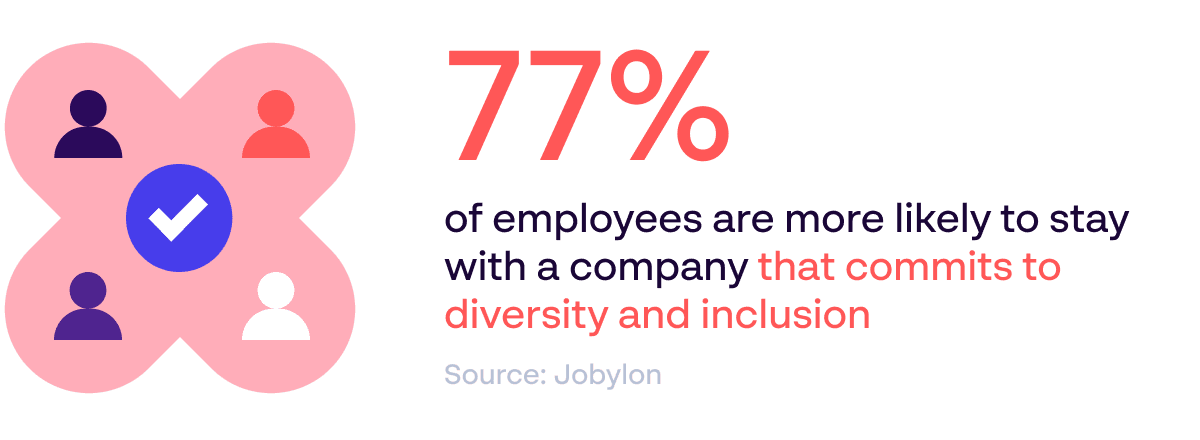
So, how do you embrace and establish a more equitable culture in your organisation? For global payment service Mastercard, they made a commitment to equal pay, and invested in establishing Business Resource Groups (BRGs) to represent communities across 47 countries. These are impressive milestones that feature prominently on their career pages.
That doesn’t mean you need to champion these exact initiatives or invest in developing your own career page to succeed. As we’ve mentioned above, taking your employer brand to the next level is all about listening to your people and what matters most to them. So for you, that could mean:
- Establishing diversity & inclusivity champions internally
- Fostering a culture of greater transparency
- Setting up inclusive recruitment processes
- Using AI to sense-check recruitment materials for inclusive language
6. A consistent employer brand
Maintaining a consistent brand is important – not just for your paying customers, but also for your prospective and high-performing talent.
Why? Because all of the hard work that goes into creating your employer brand strategy, refining your EVP and building a culture of authenticity can all be undone when you deviate from your playbook and defy brand consistency.
It doesn’t matter if it’s slightly off-brand colours in a social graphic, a mismatched tone of voice in an employee handbook, or an outdated logo on an offer letter. Inconsistency breeds distrust, confusion and disengagement, sinking your reputation as an employer.
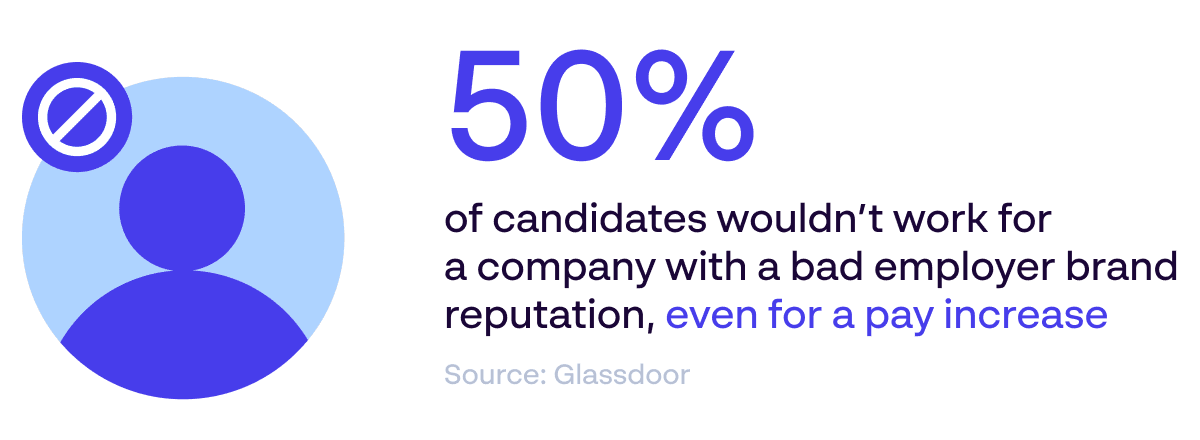
That’s why leading employer brands like Rolls Royce and Google place immense value in consistency, never deviating from their brand guidelines regardless of the channel they’re using or the region they’re in.
But how do these pioneering brands achieve unbreakable unity? While approaches will undoubtedly vary, in our experience it’s essential to:
- Create a robust set of employer brand guidelines your teams can follow
- Set up a digital brand hub to centralise every aspect of your brand identity
- Use content creation tools like design templates to minimise human error
- Recycle assets to remain on brand economically
7. A proactive drive for employee advocacy
Now more than ever, trust and transparency are at the forefront of many professionals’ minds.
To tap into this emerging trend and craft an identity that meets this criteria, many of the globe’s leading brands leverage their employees as ambassadors, showing others what life is really like at a company from the perspective of a team member.
It’s why Adobe’s channels regularly feature employee stories, and the thinking behind Nokia’s investment into employee generated content (EGC).
The way this strategy works is simple. By nominating people who personally embody your employer brand’s values and genuinely love working for you, you can inspire these frontline employees to create a positive, honest window into your working environment – insight that helps top talent picture themselves in your organisation.
For these programmes to work best, the right approach is key:
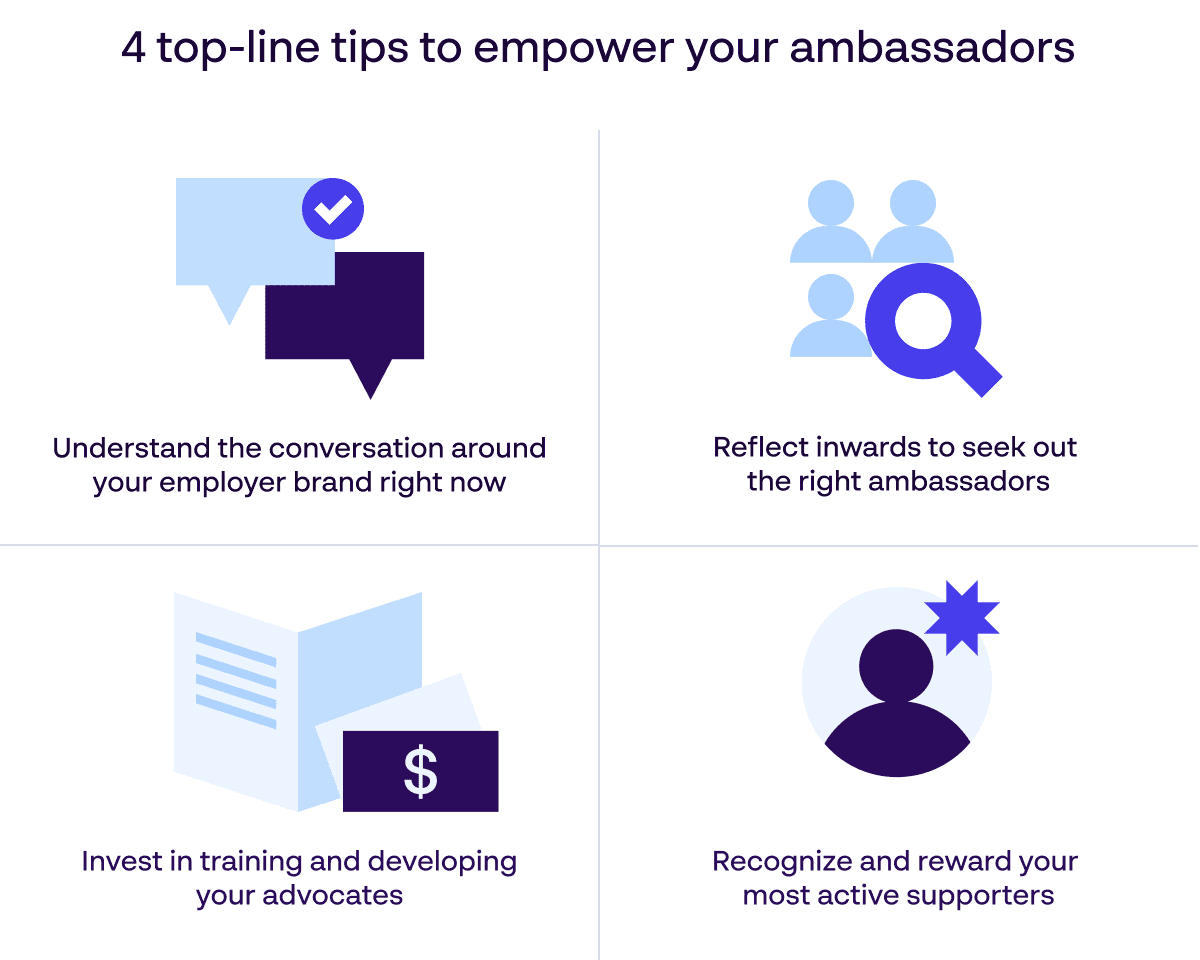
Discover how to encourage employees to advocate for your employer brand. Read our insightful article: 6 steps to turn your employees into true brand ambassadors.
Ready to take your employer brand to new heights?
In such a highly competitive landscape, properly managing your employer brand has never been more important. To ensure you’re getting it right, you don’t just need to implement the right strategies; you need to understand what separates good employer brands from the greatest – and these seven elements are the starting point.
By analysing some of the best identities out there, and employing our years of unique experience in this area, we hope the information we’ve compiled in this article acts as a helpful benchmark to guide your identity to greater success.
Coupled with a powerful end-to-end branding solution, you can revolutionise your ability to attract and retain top-quality talent, stand out in an increasingly crowded market, and drive your company to further success with the right people behind it.
